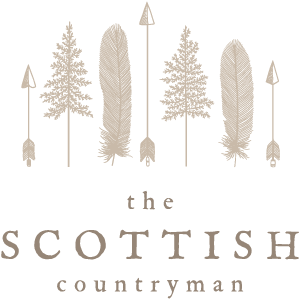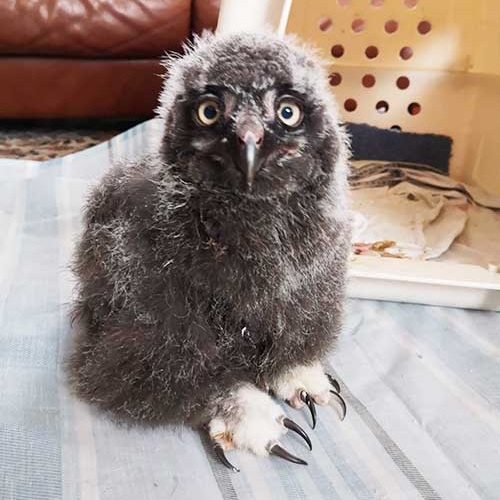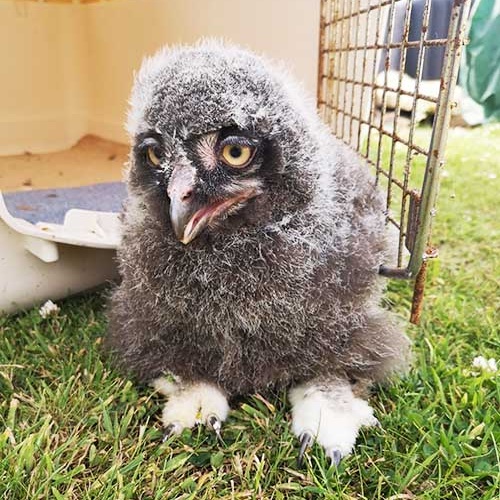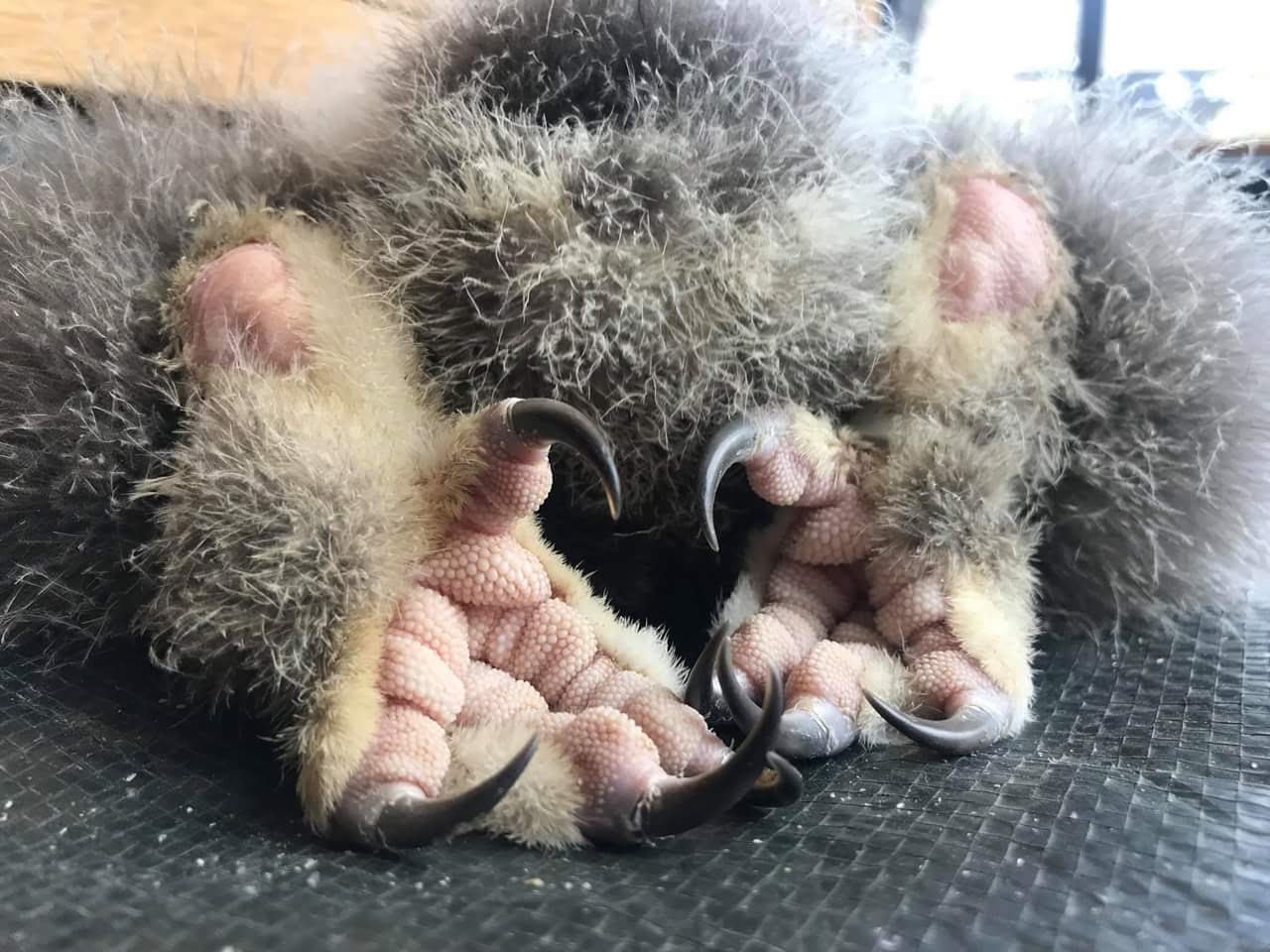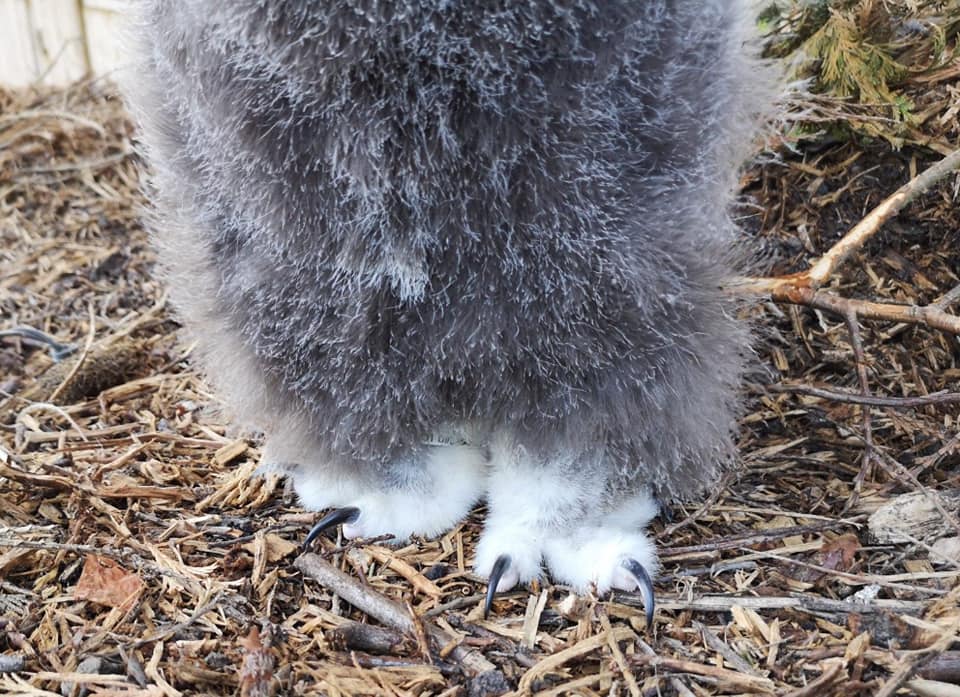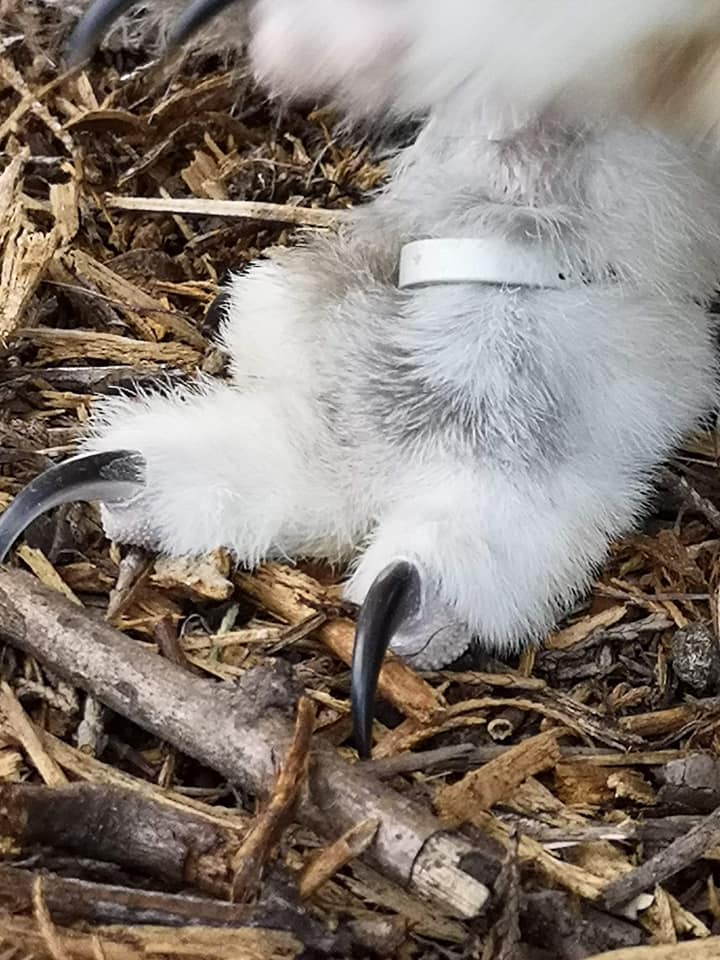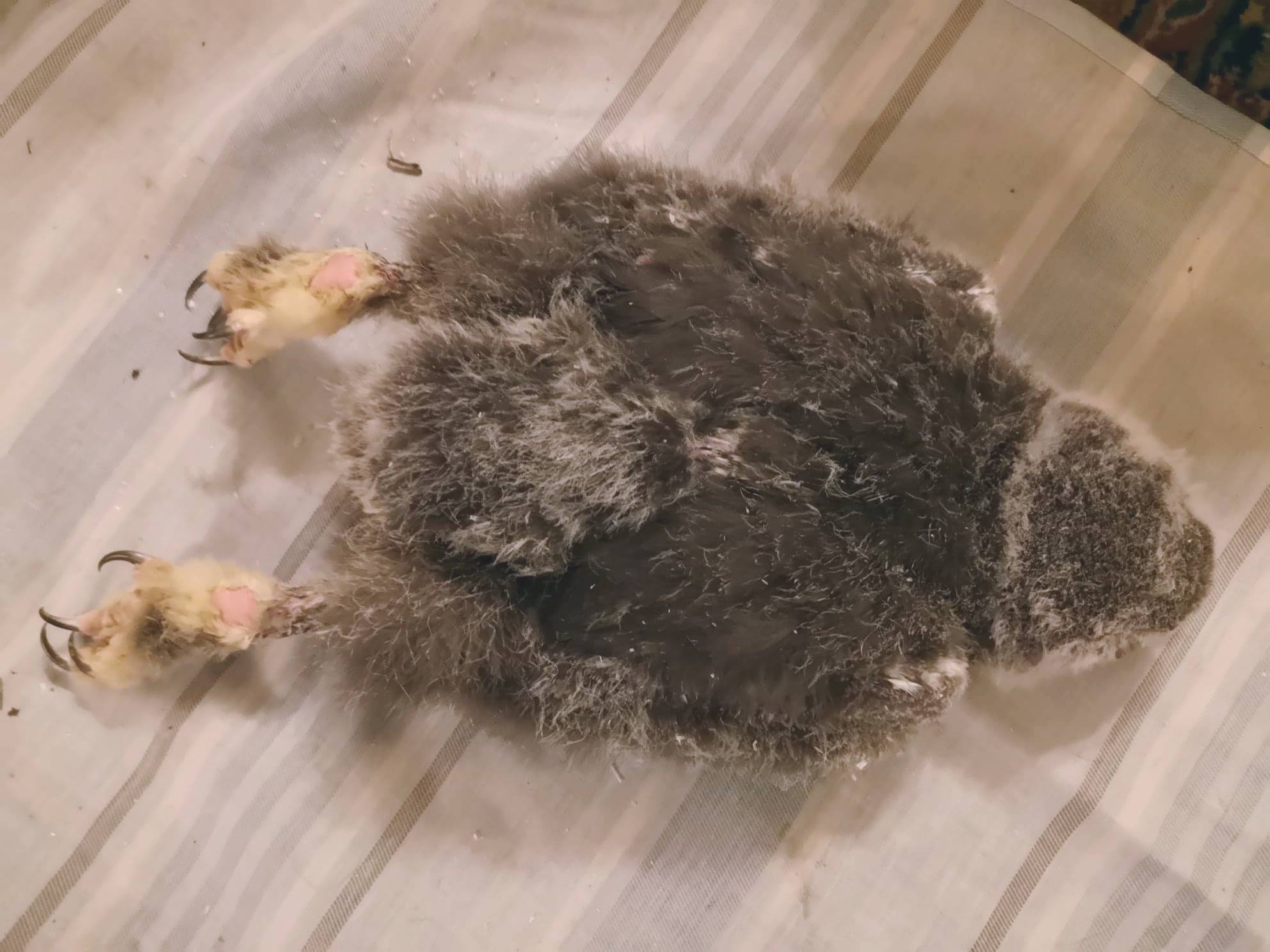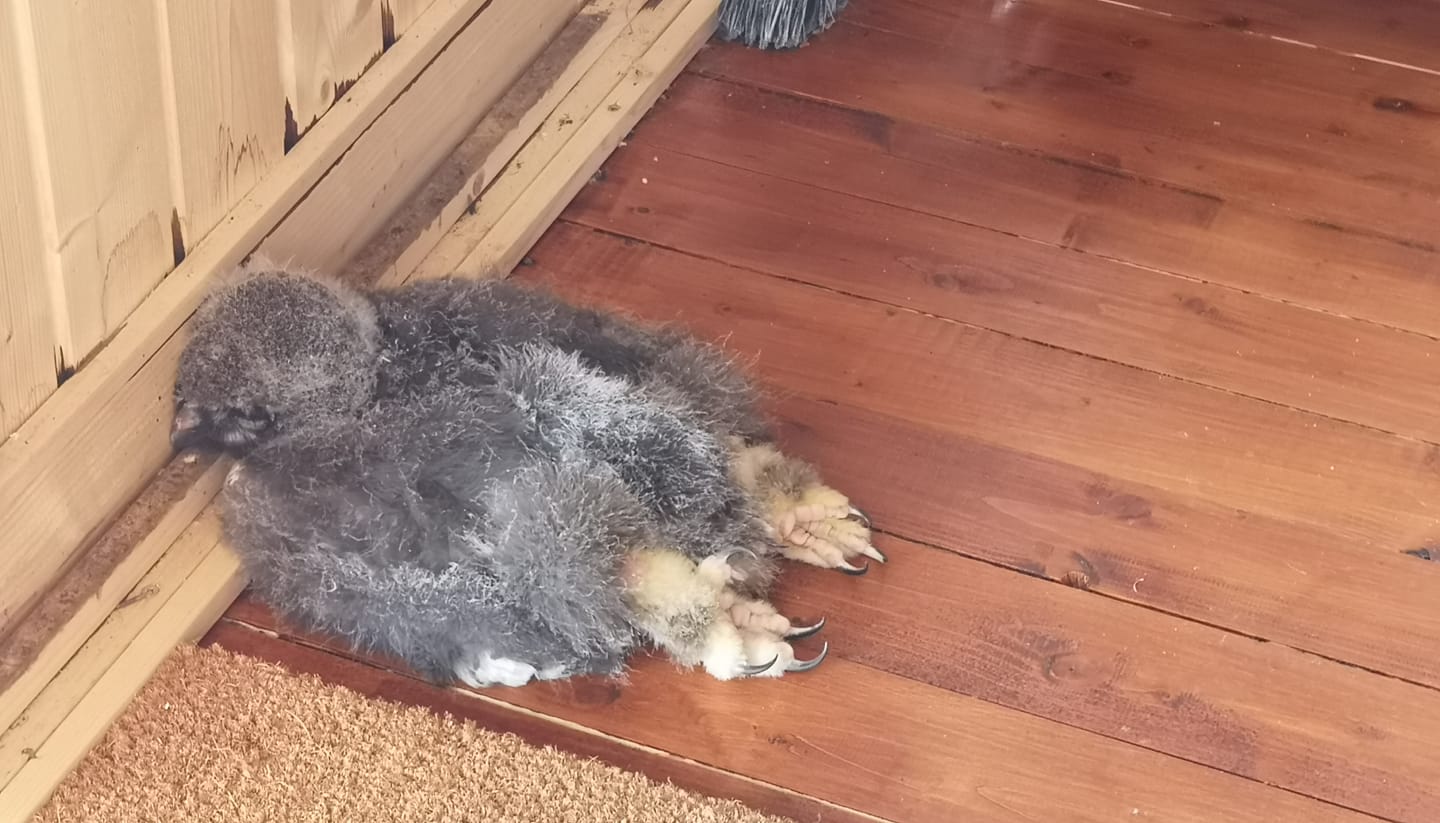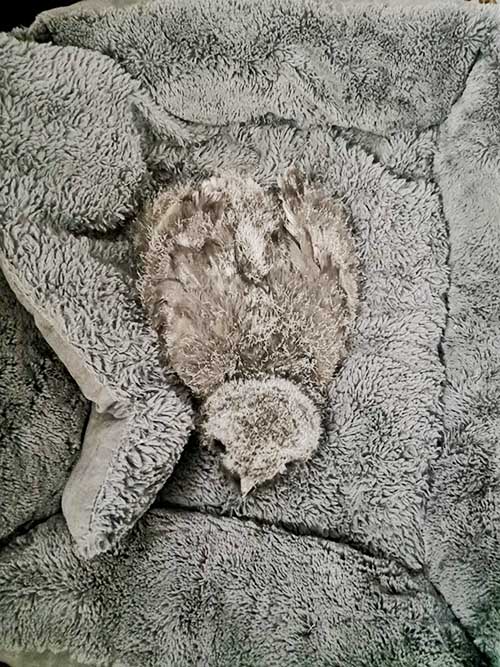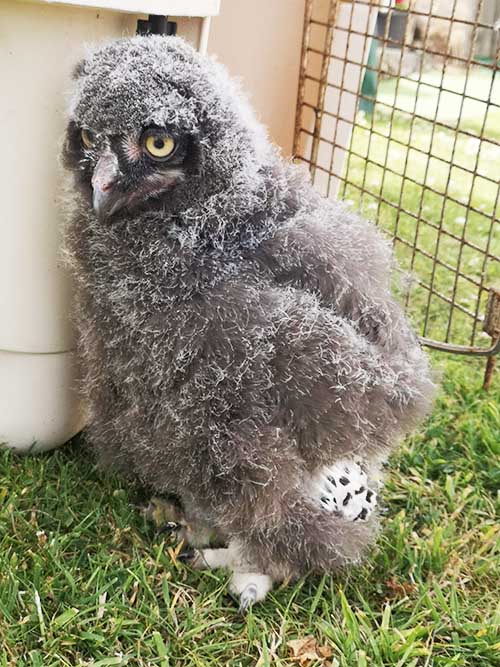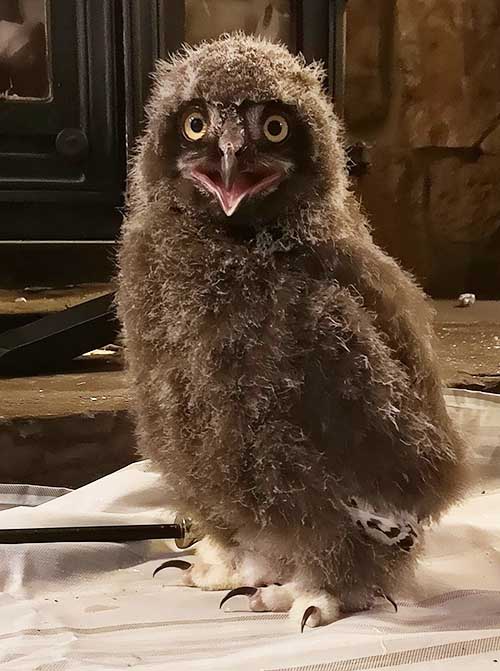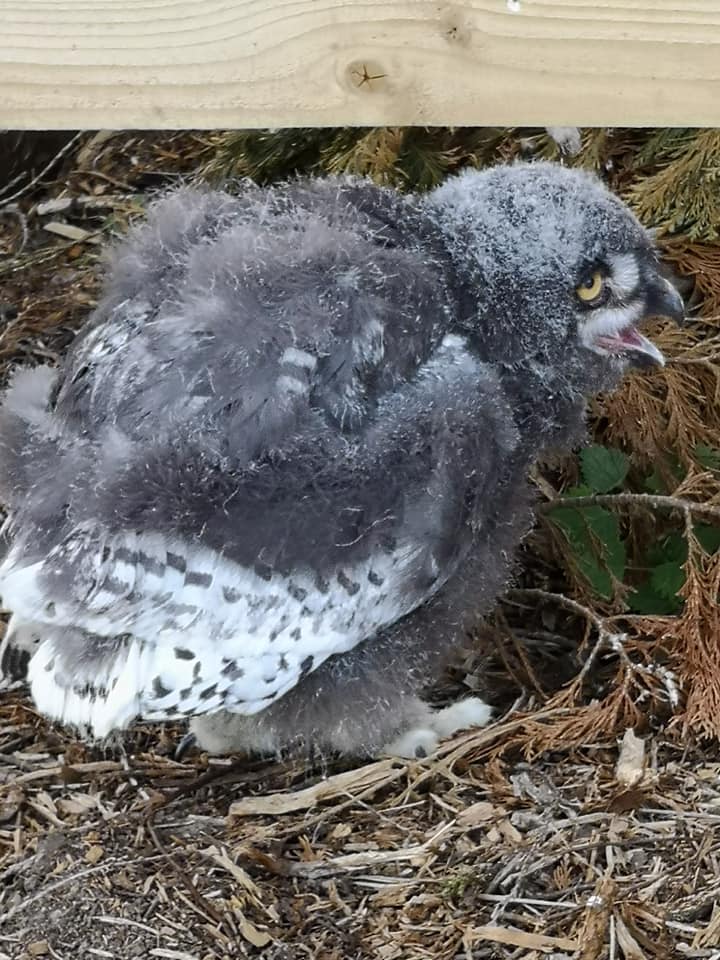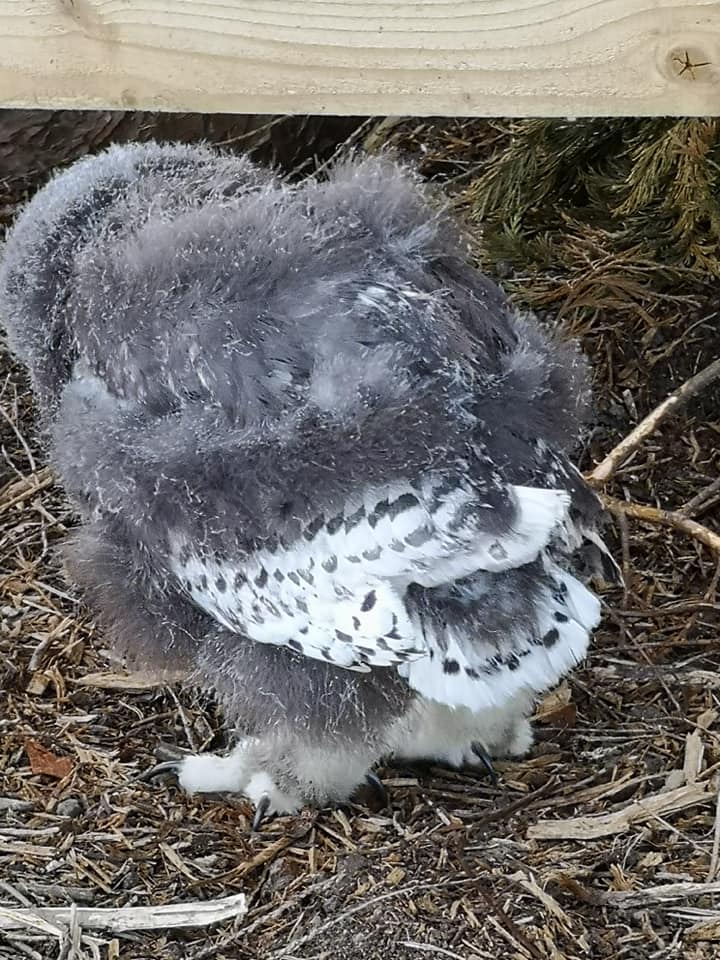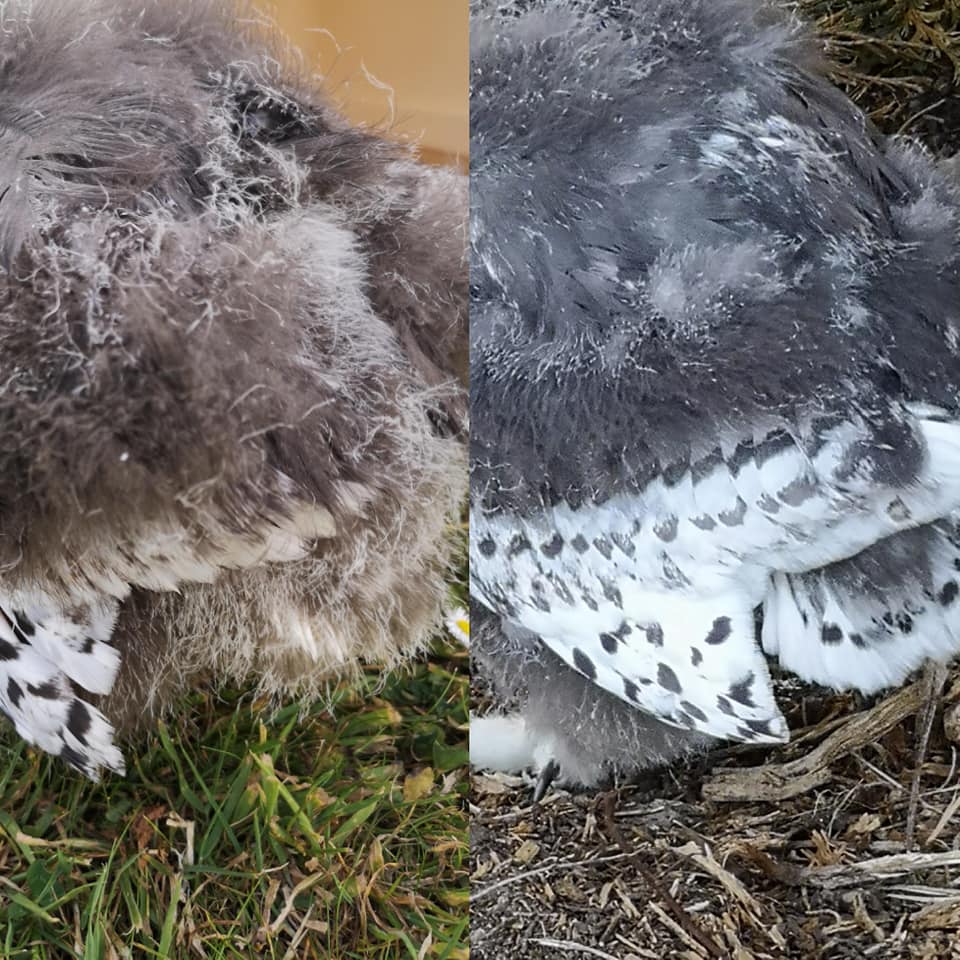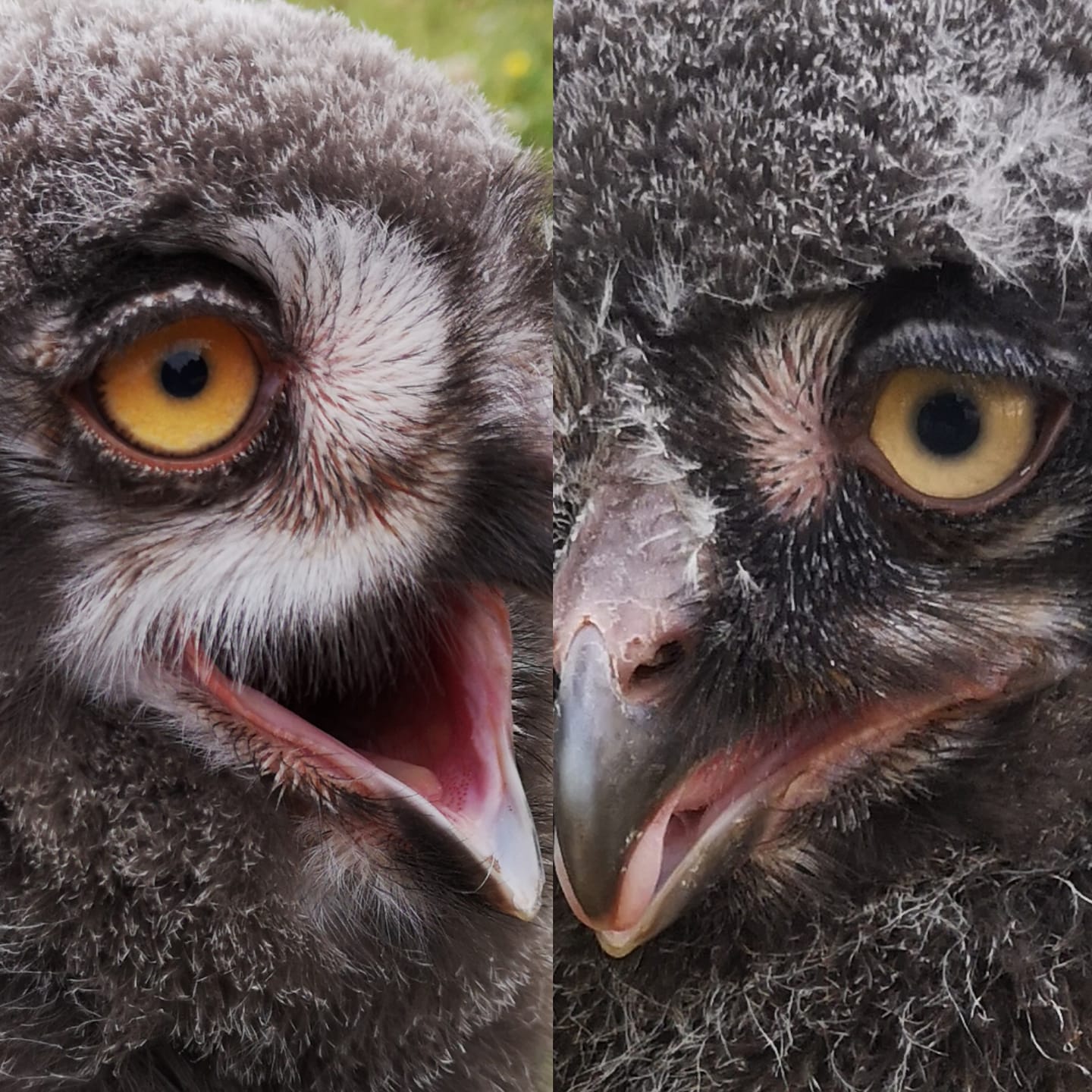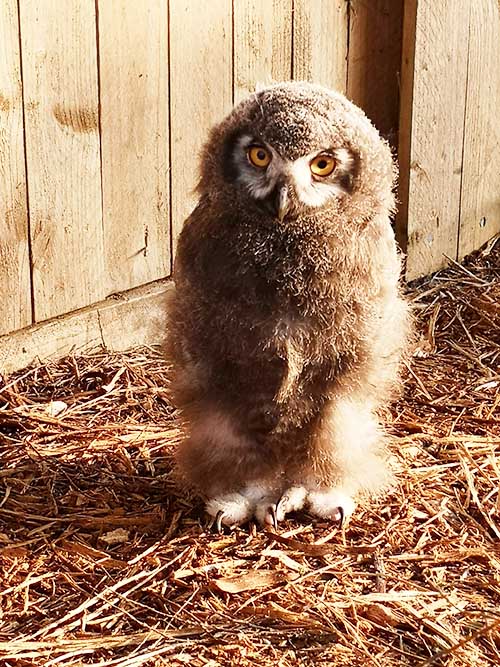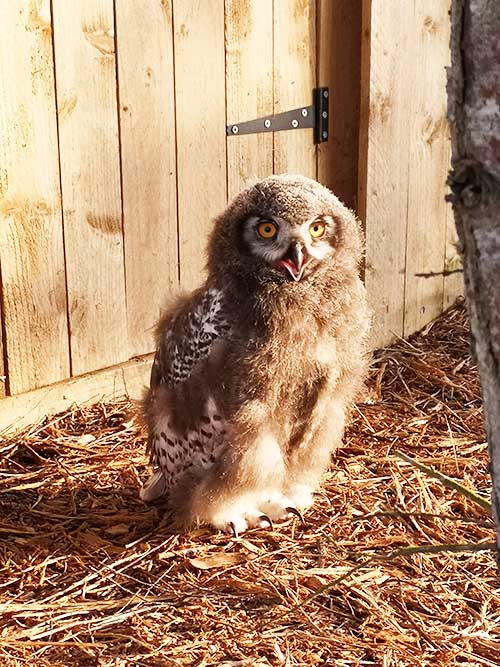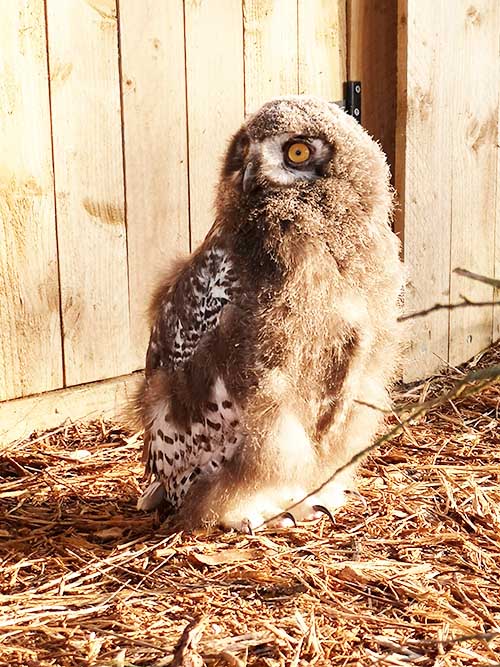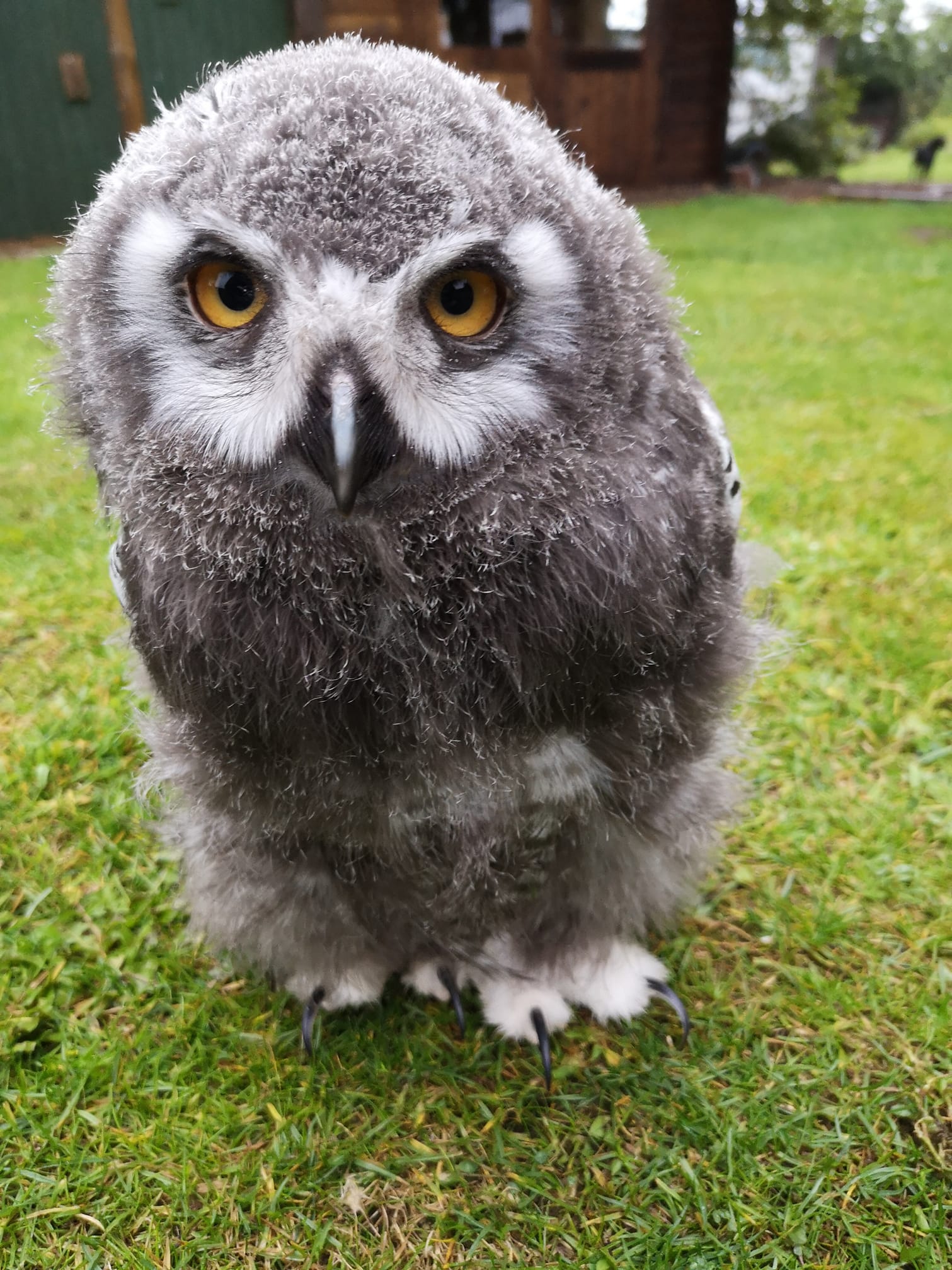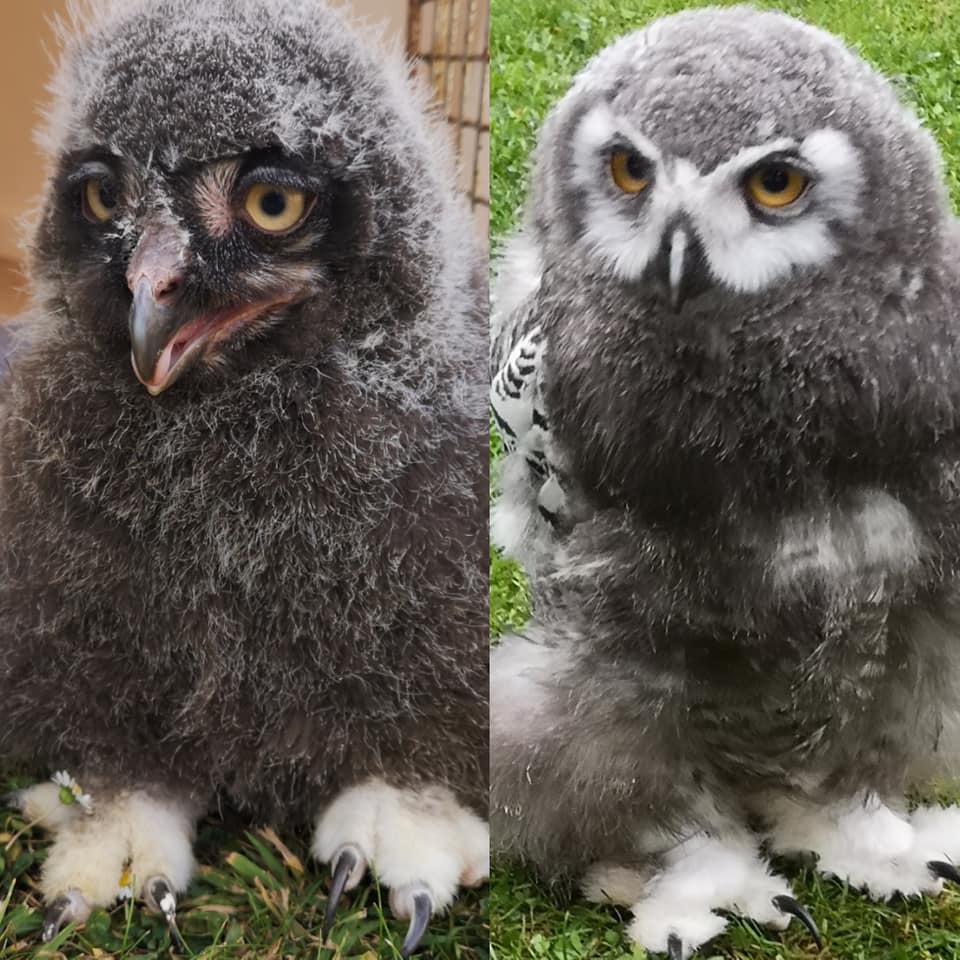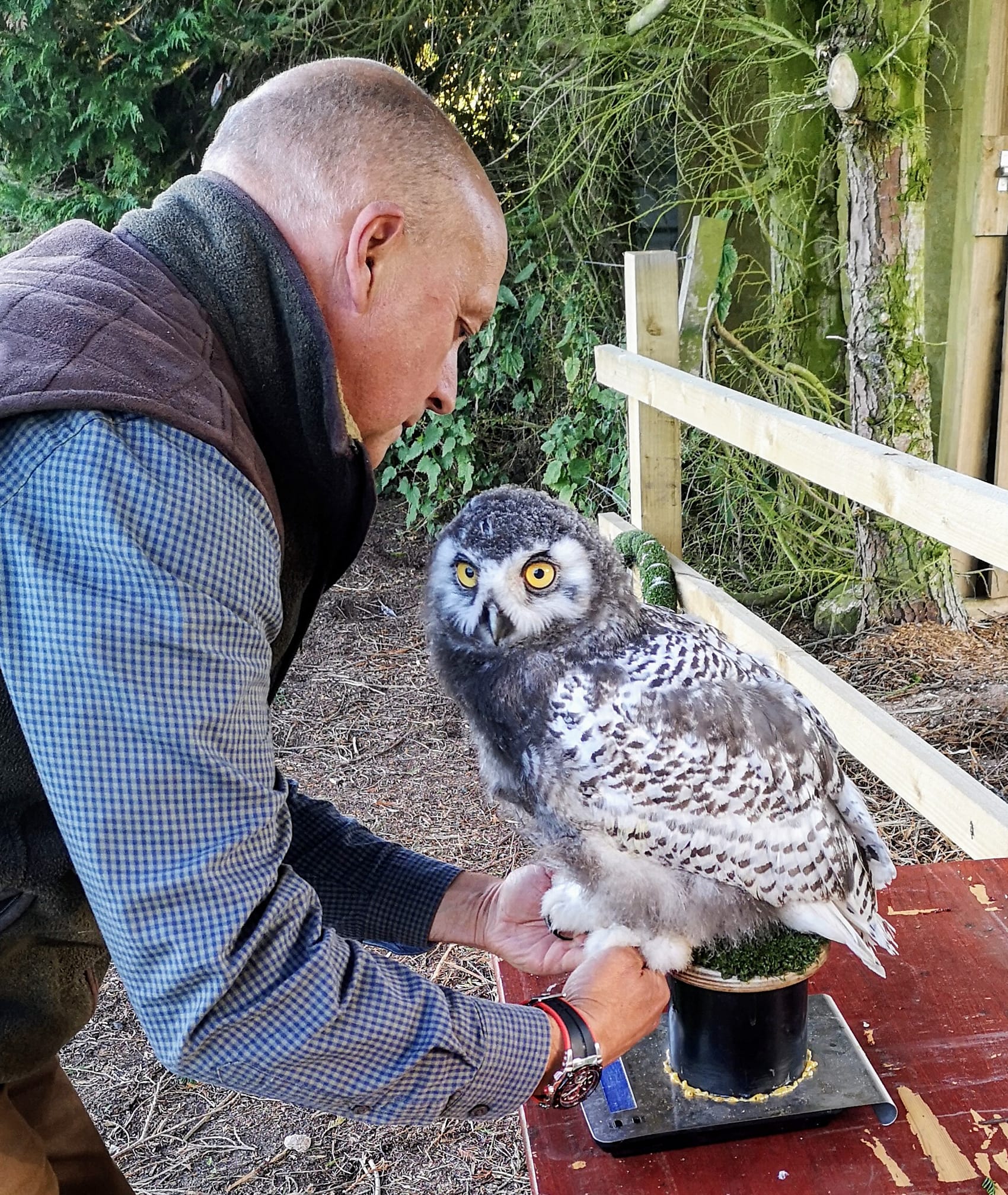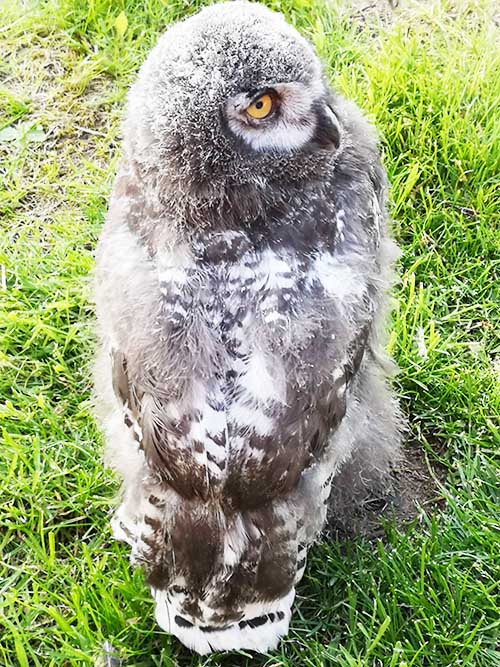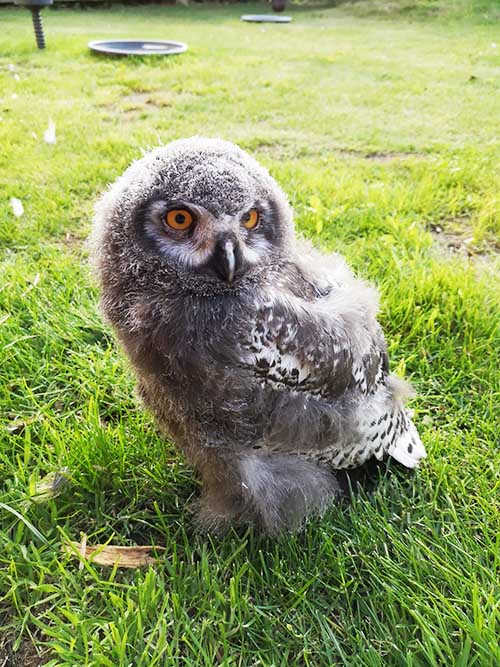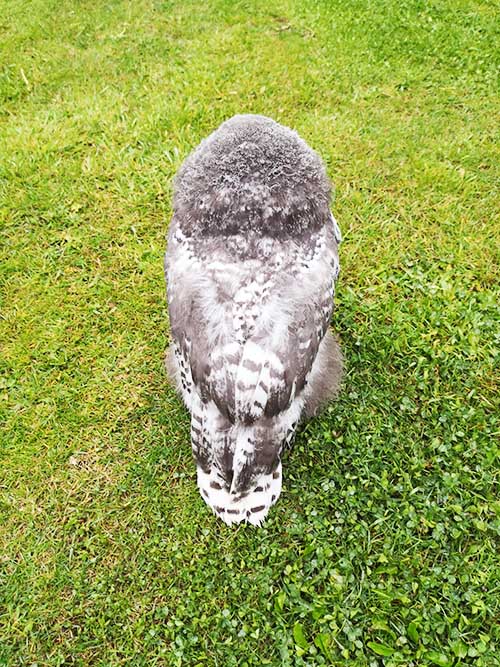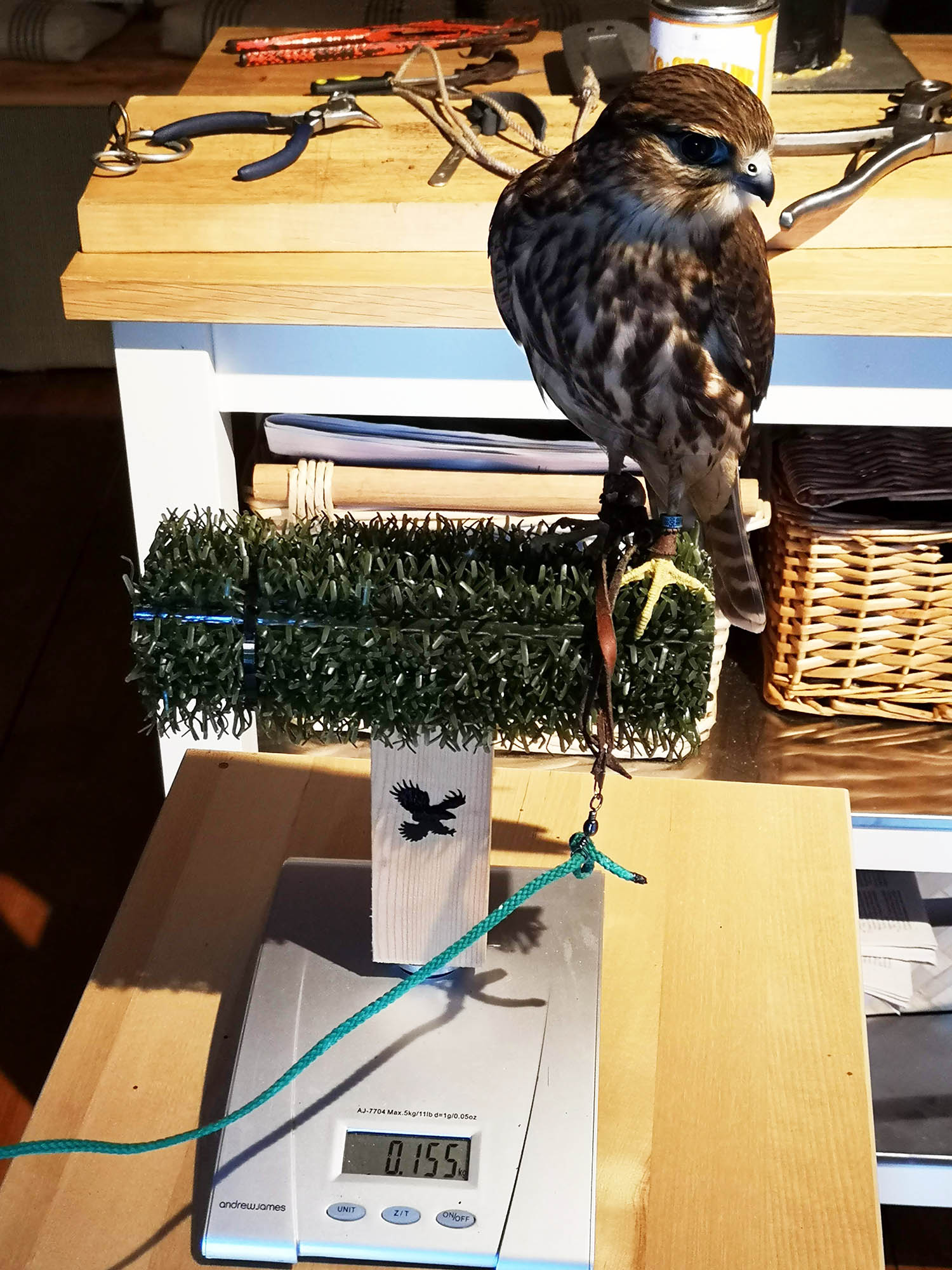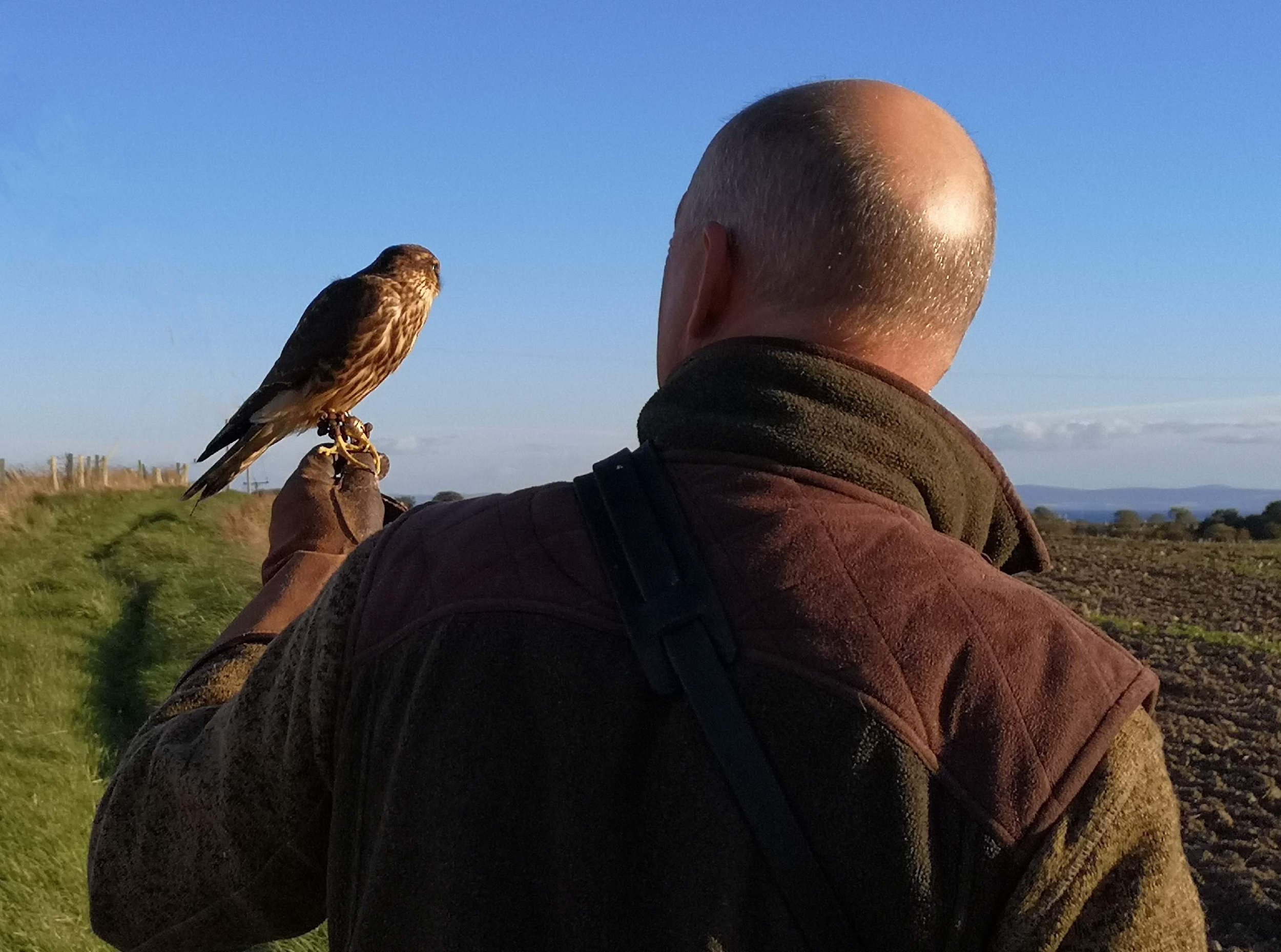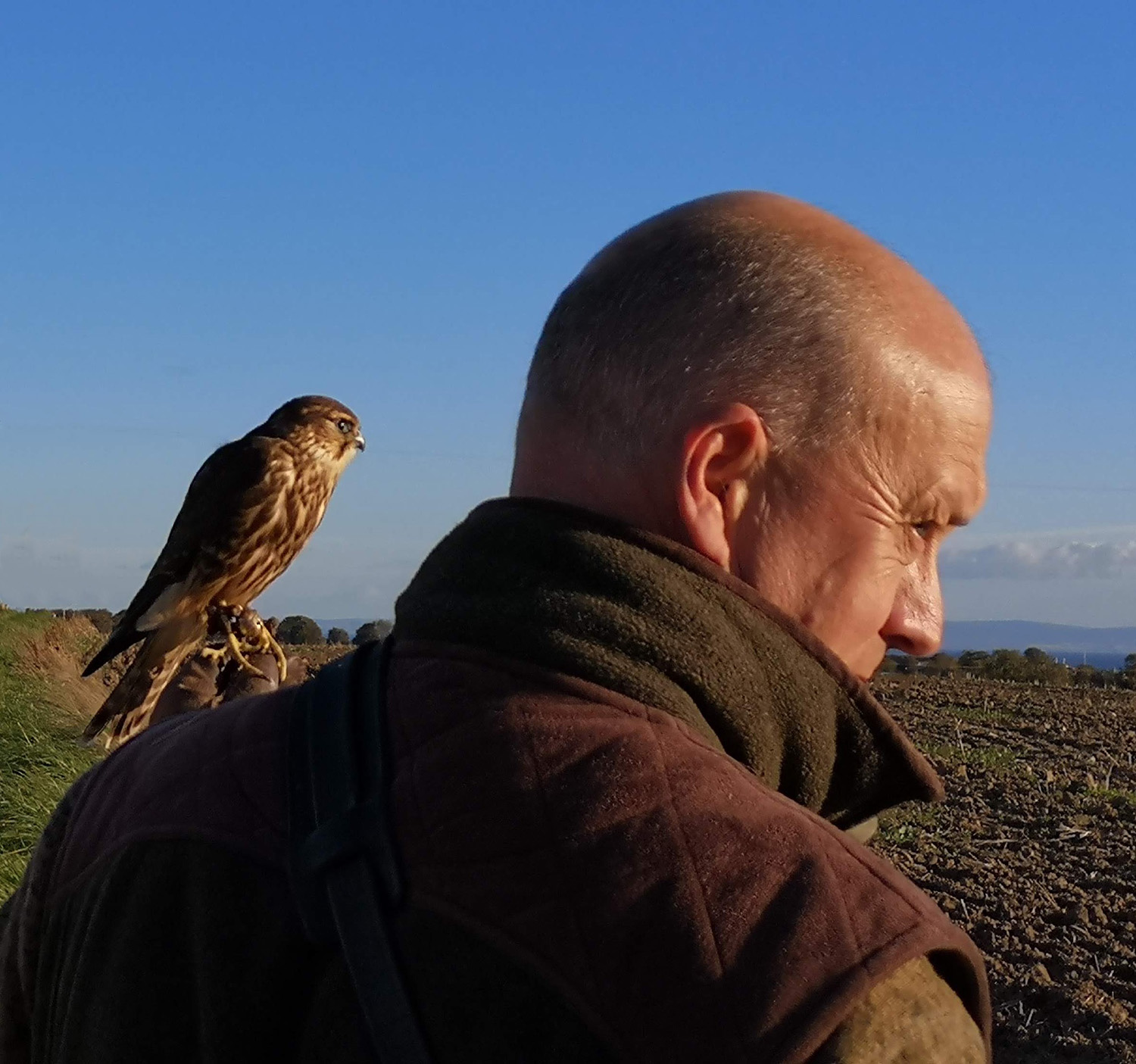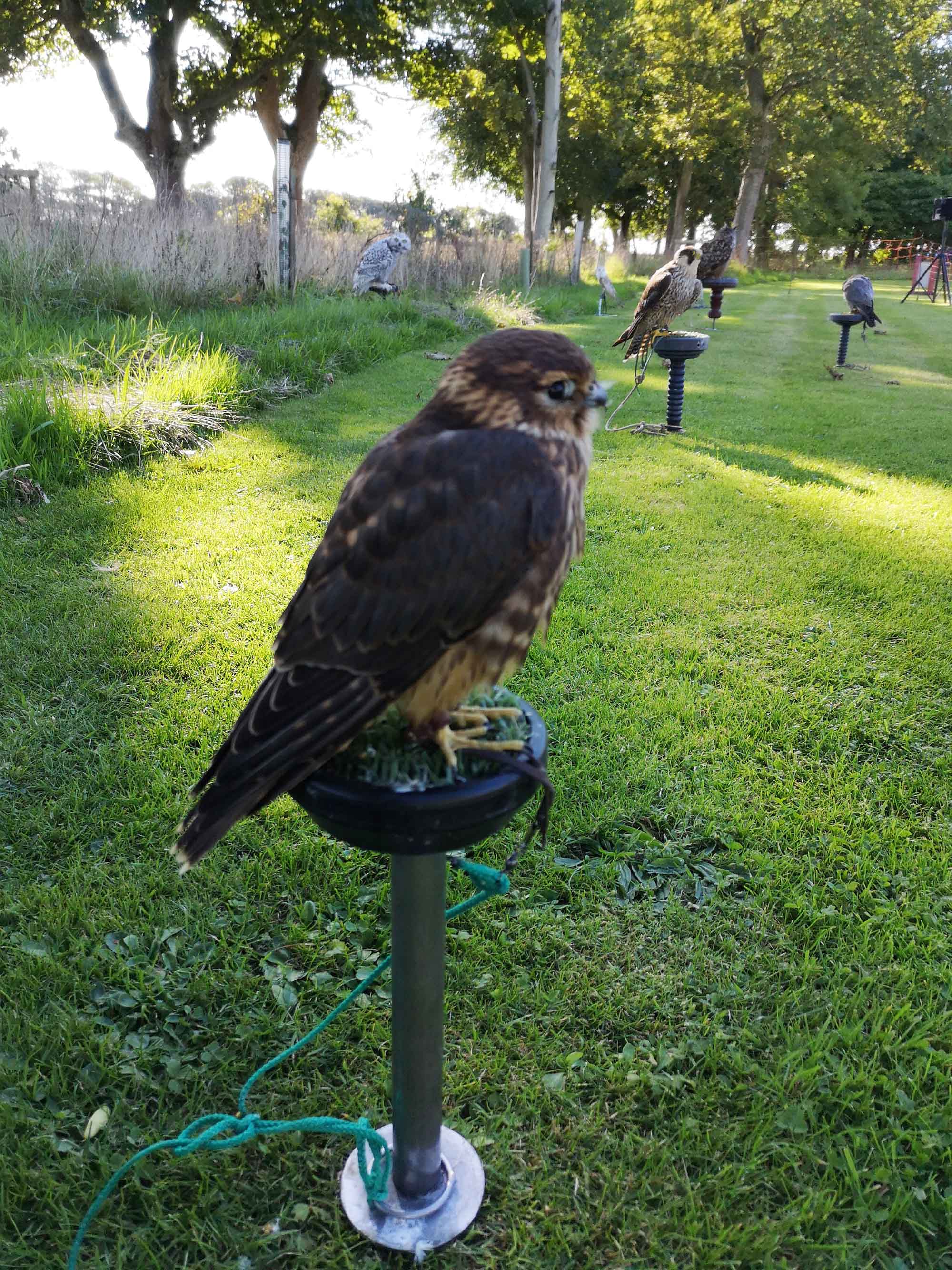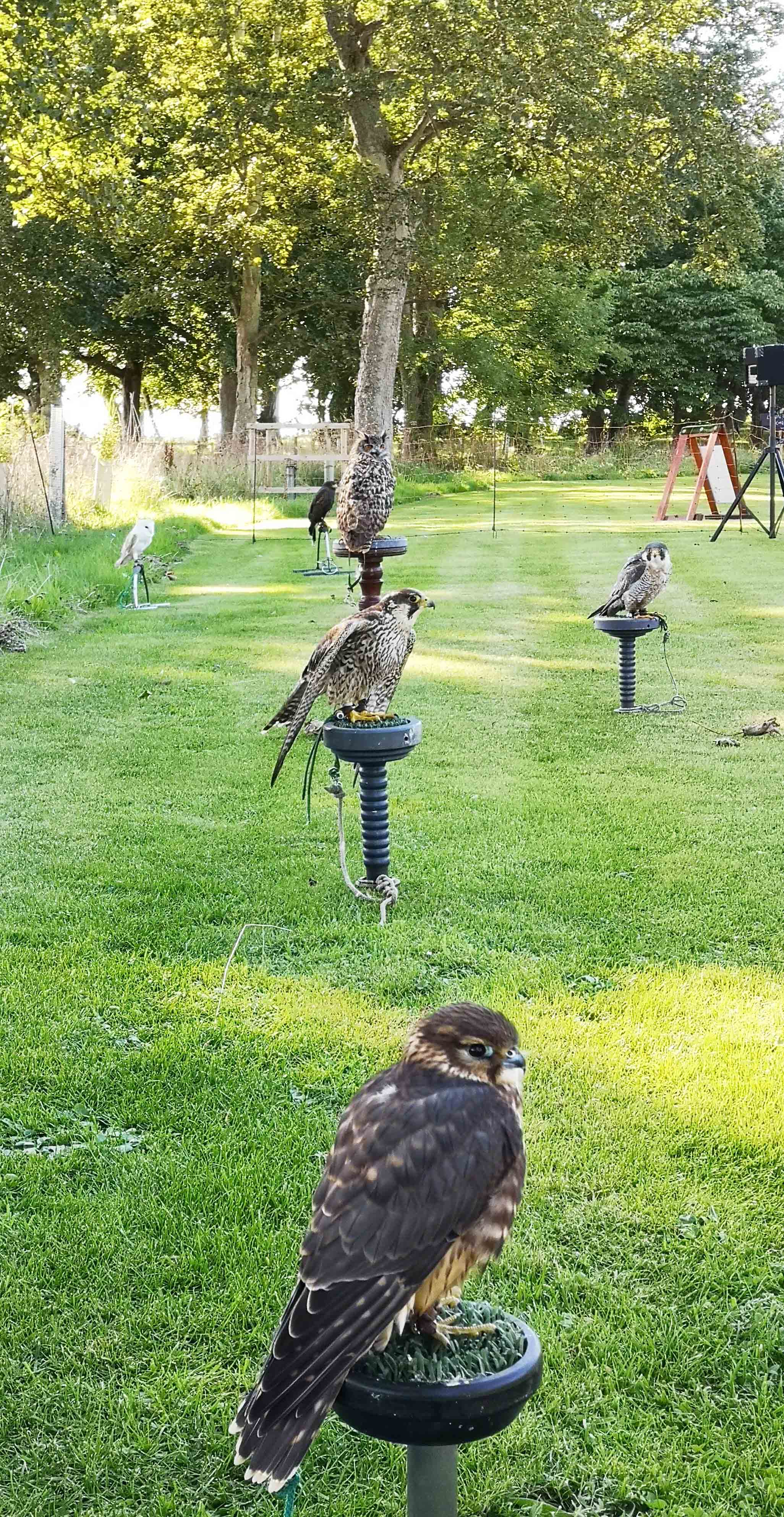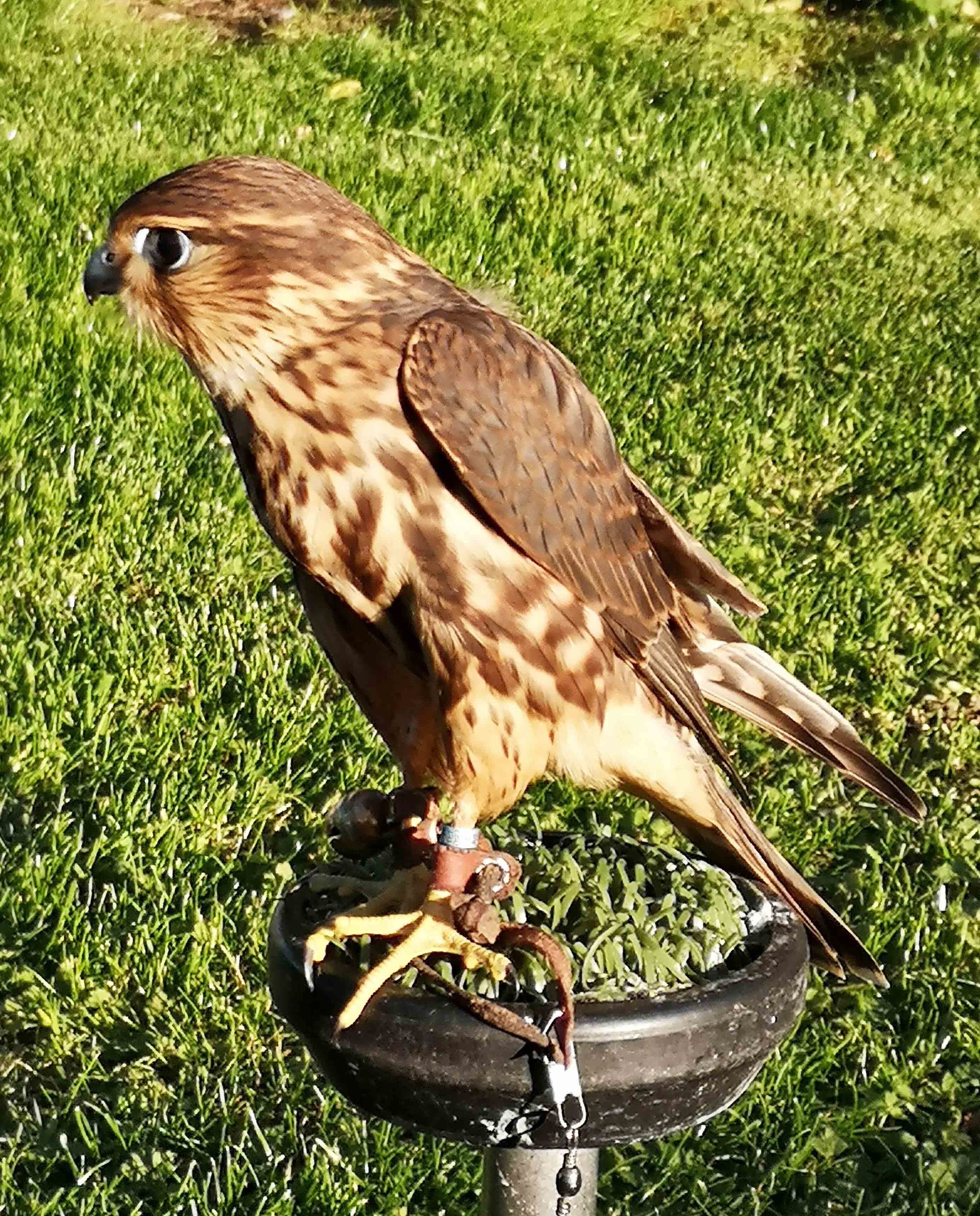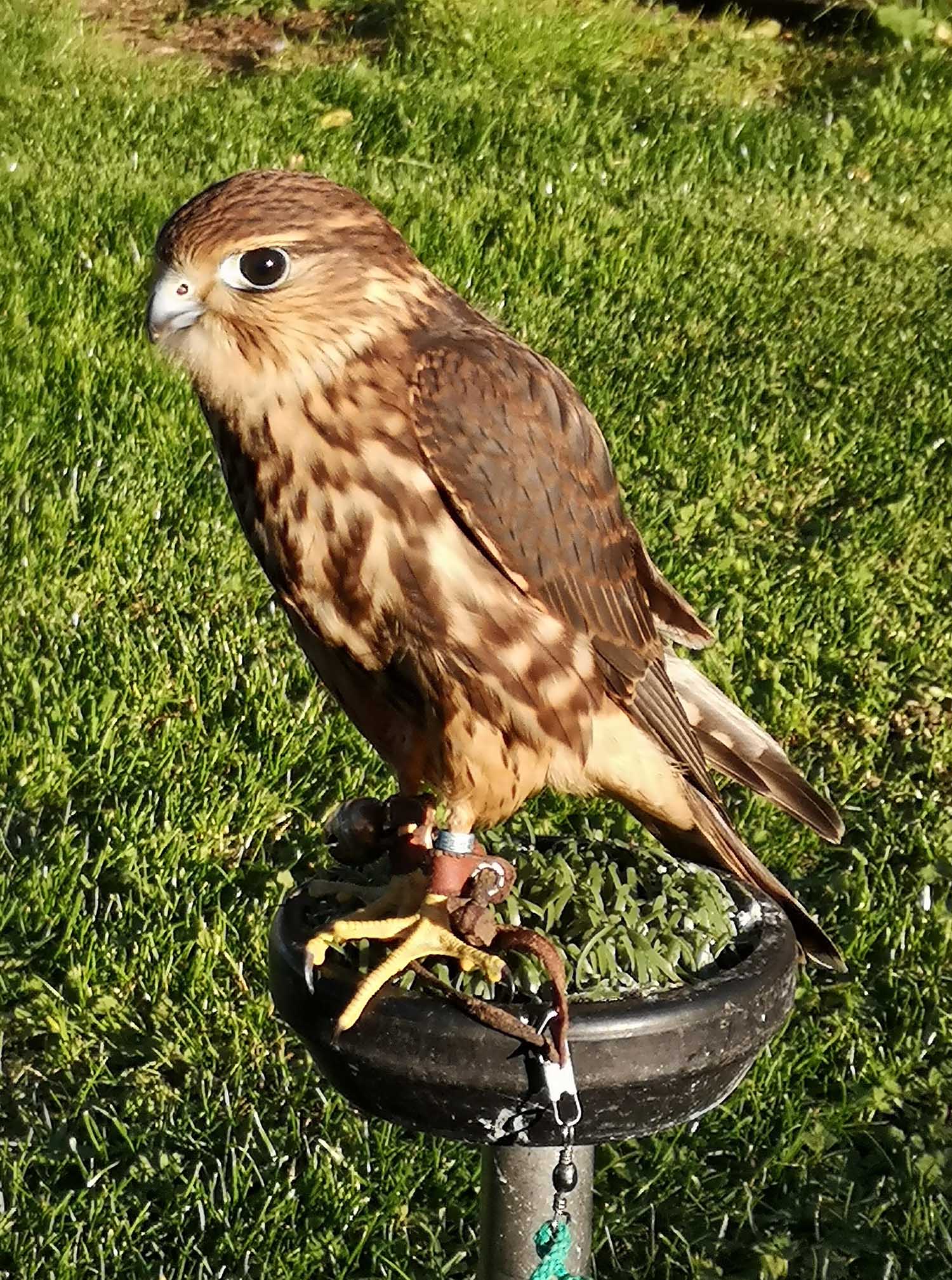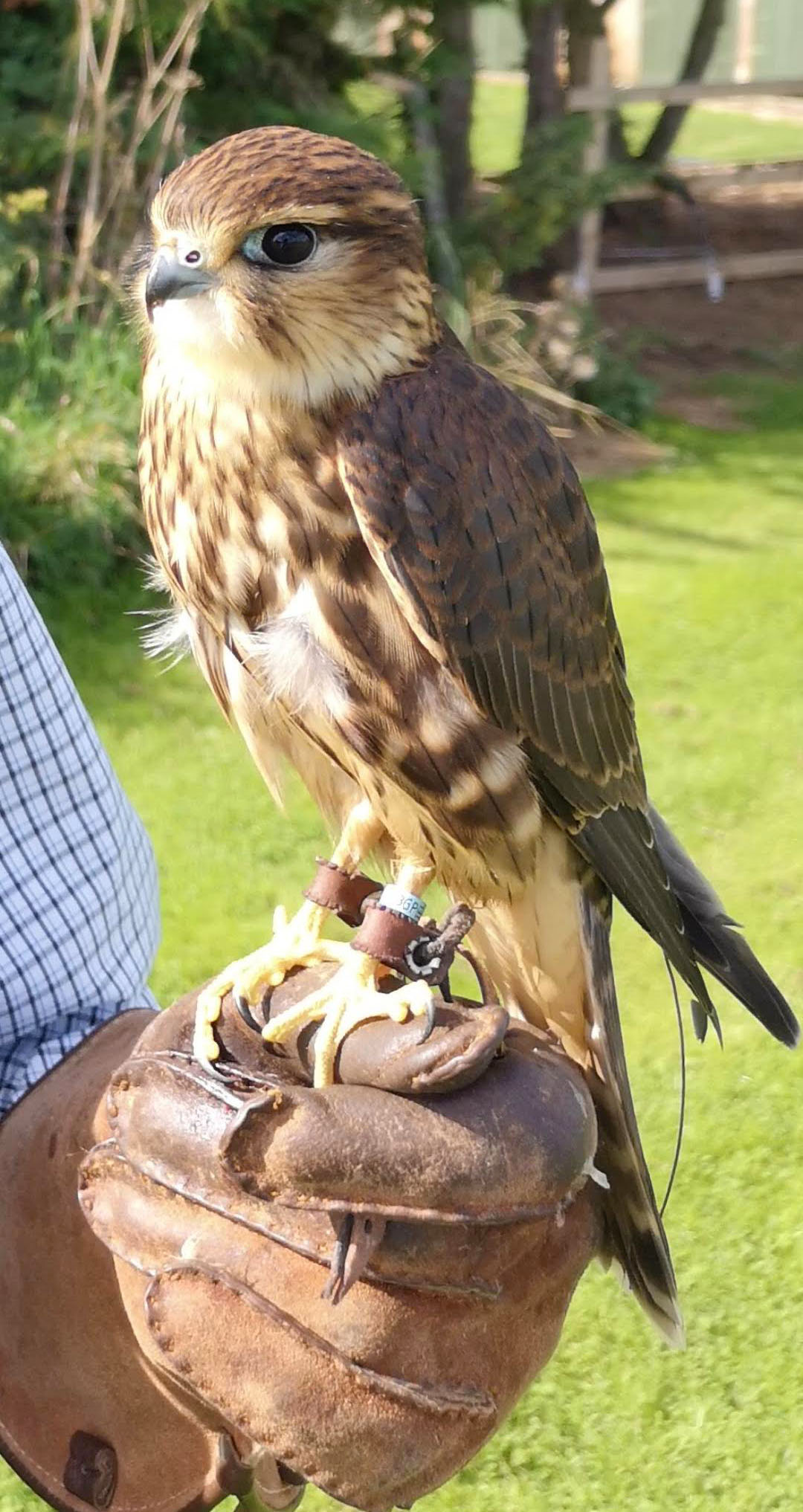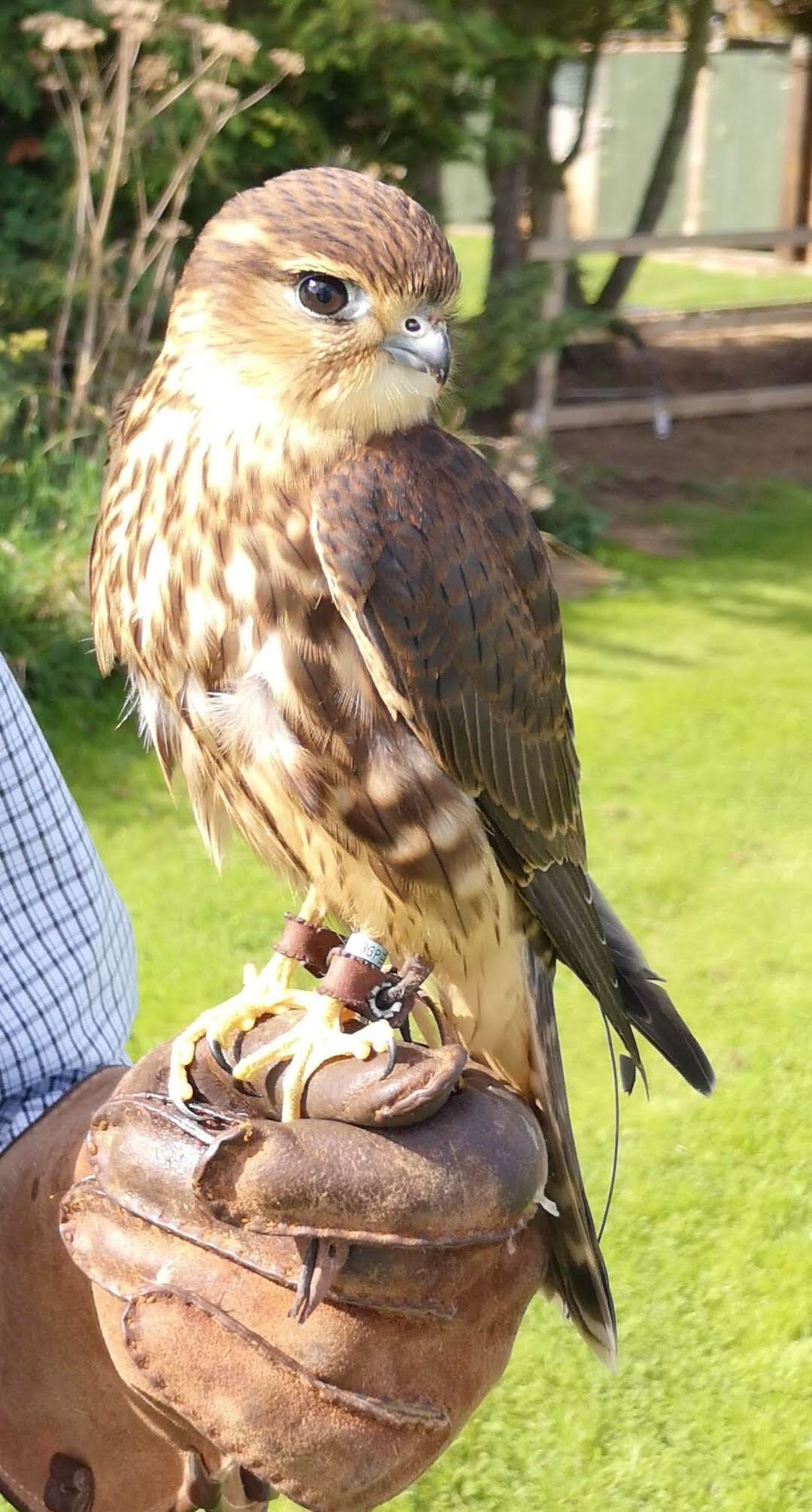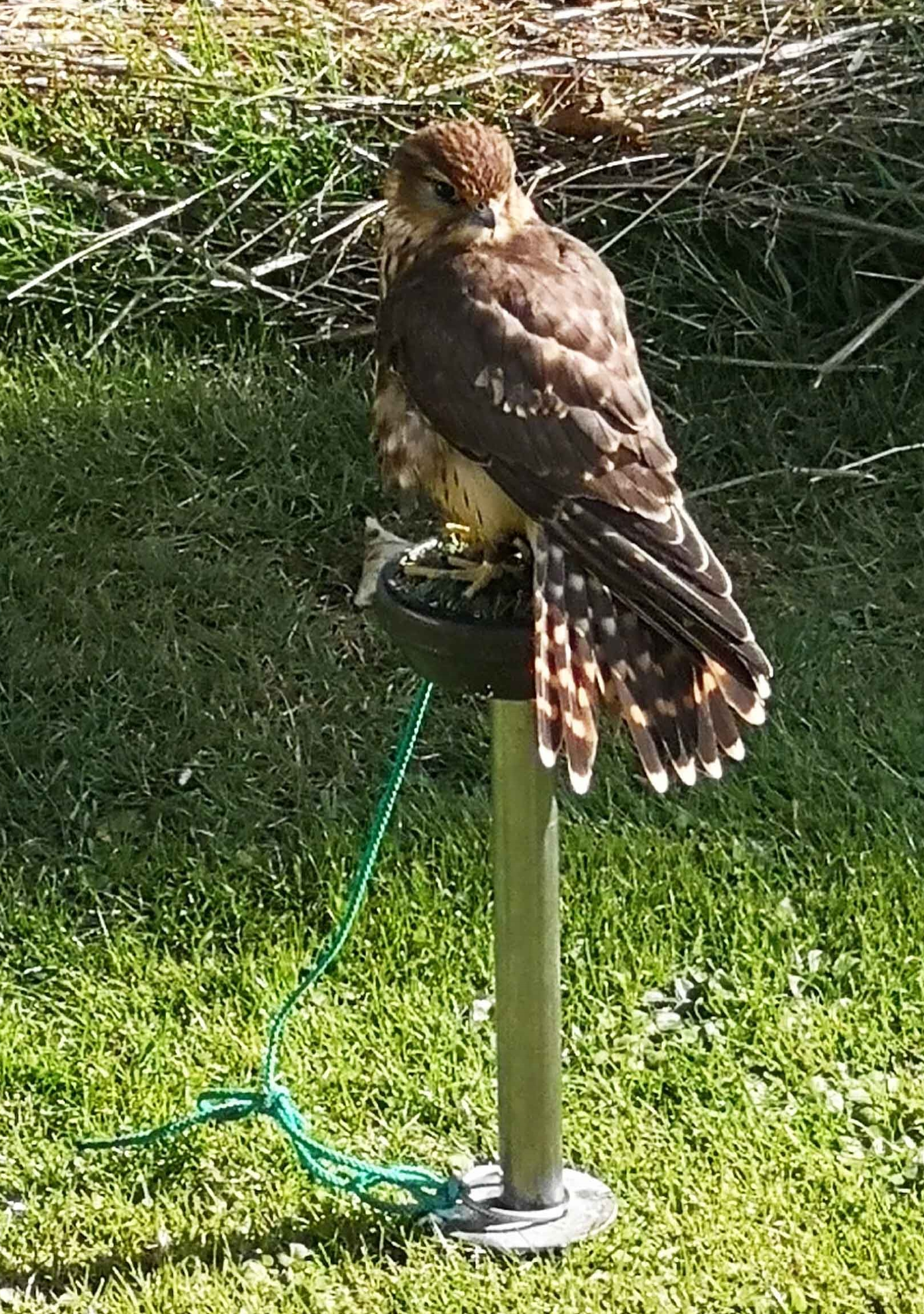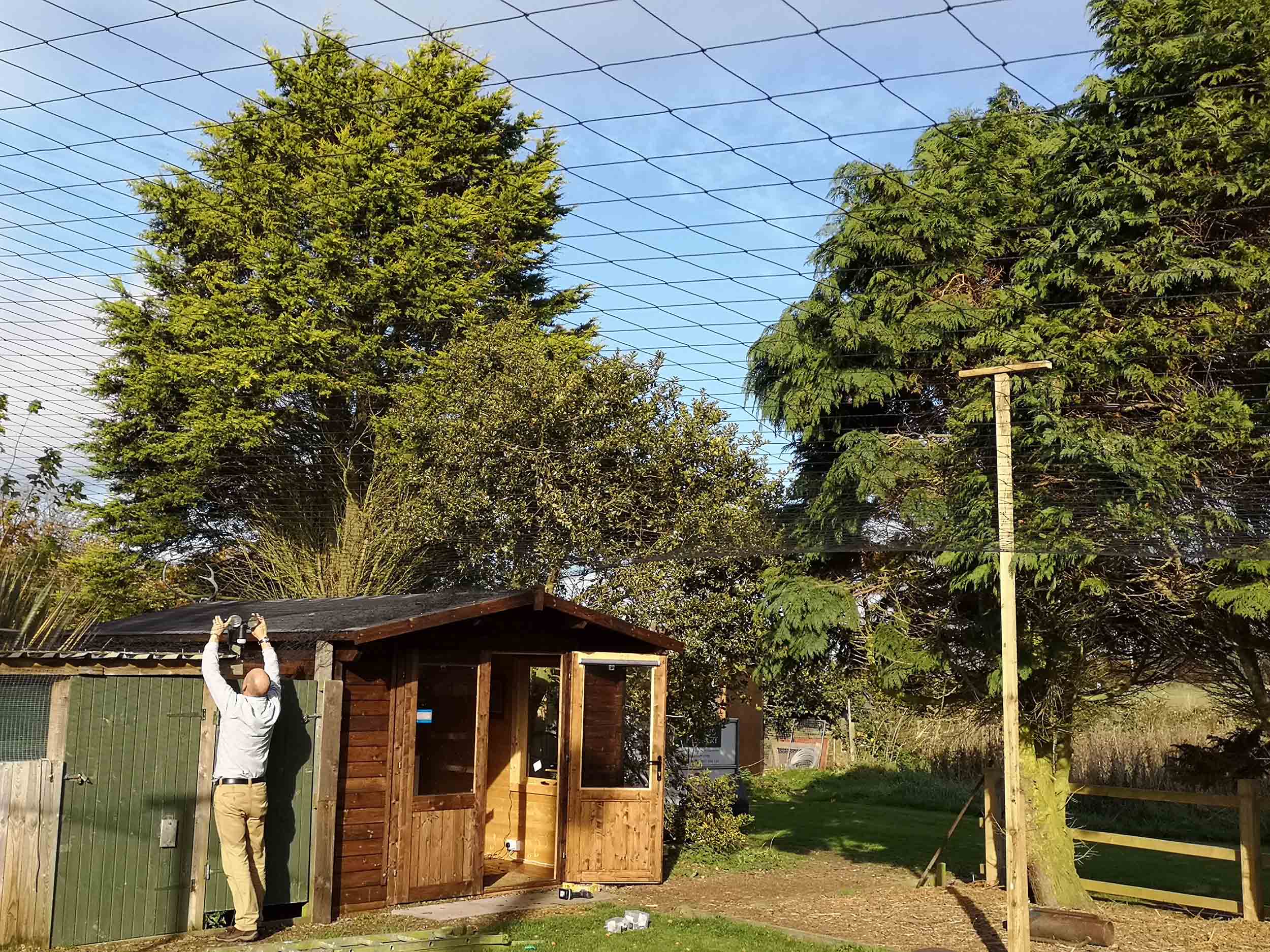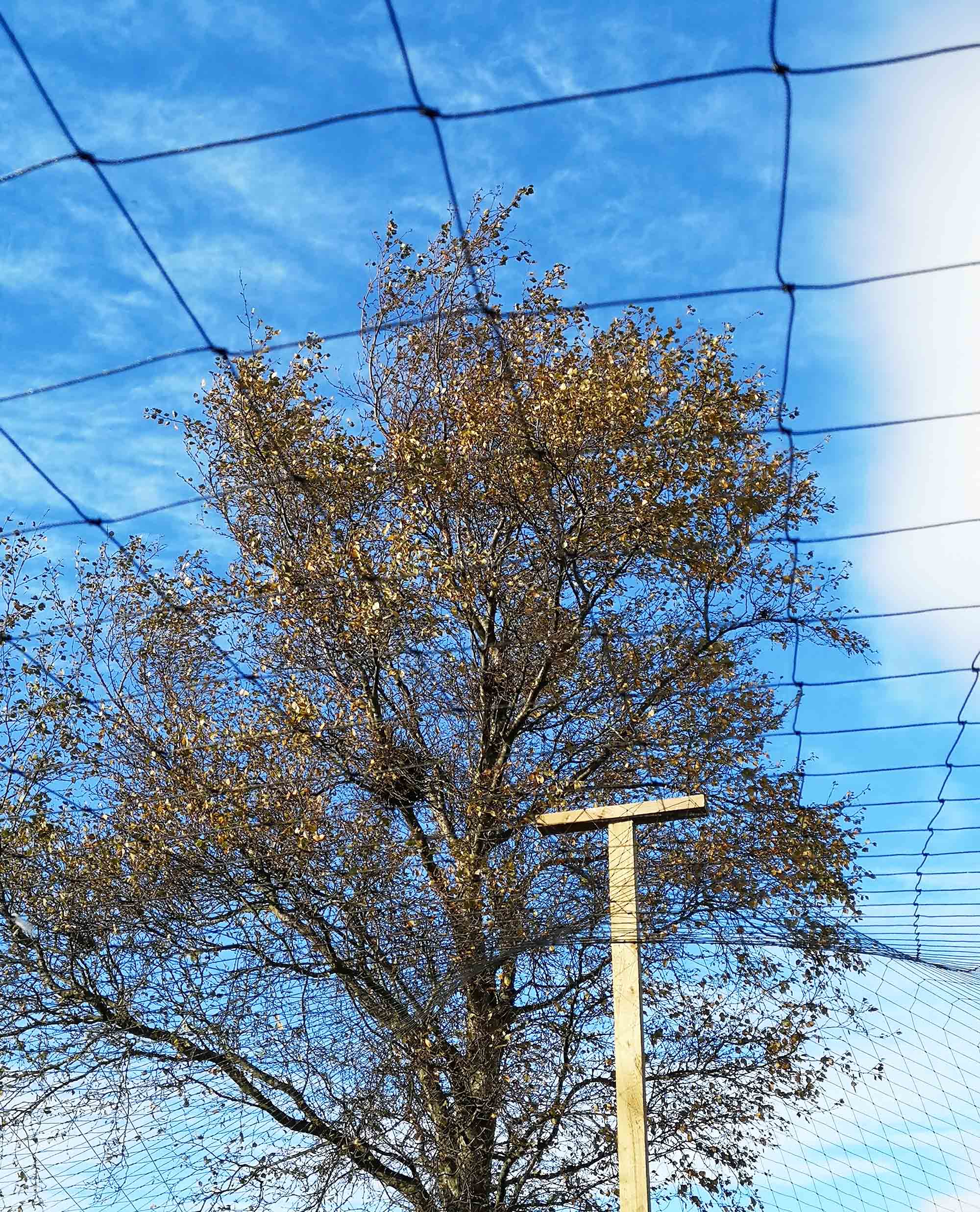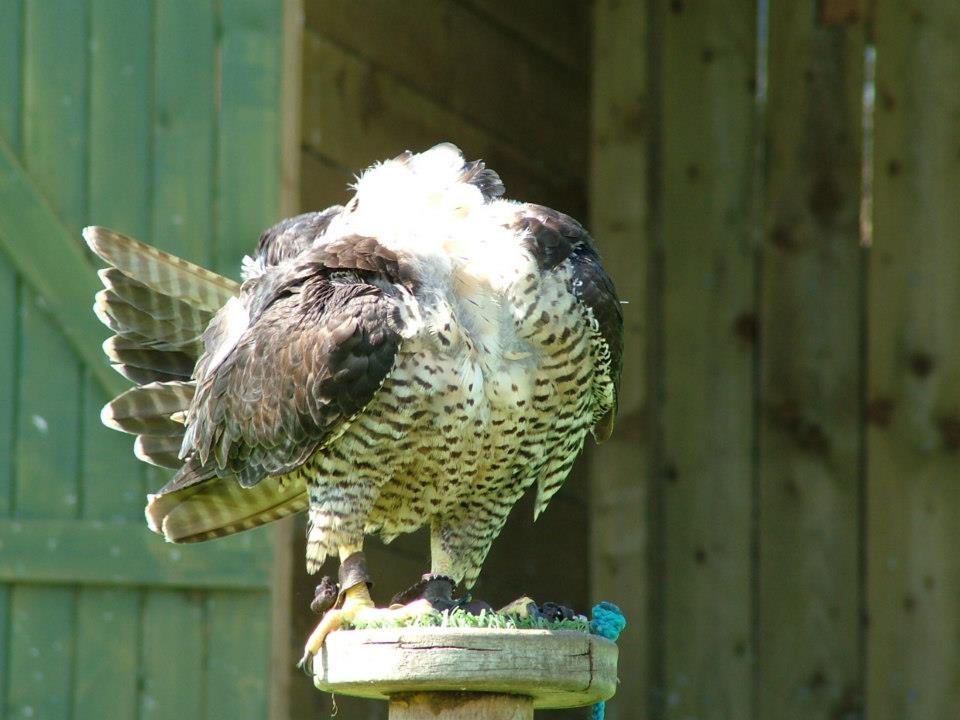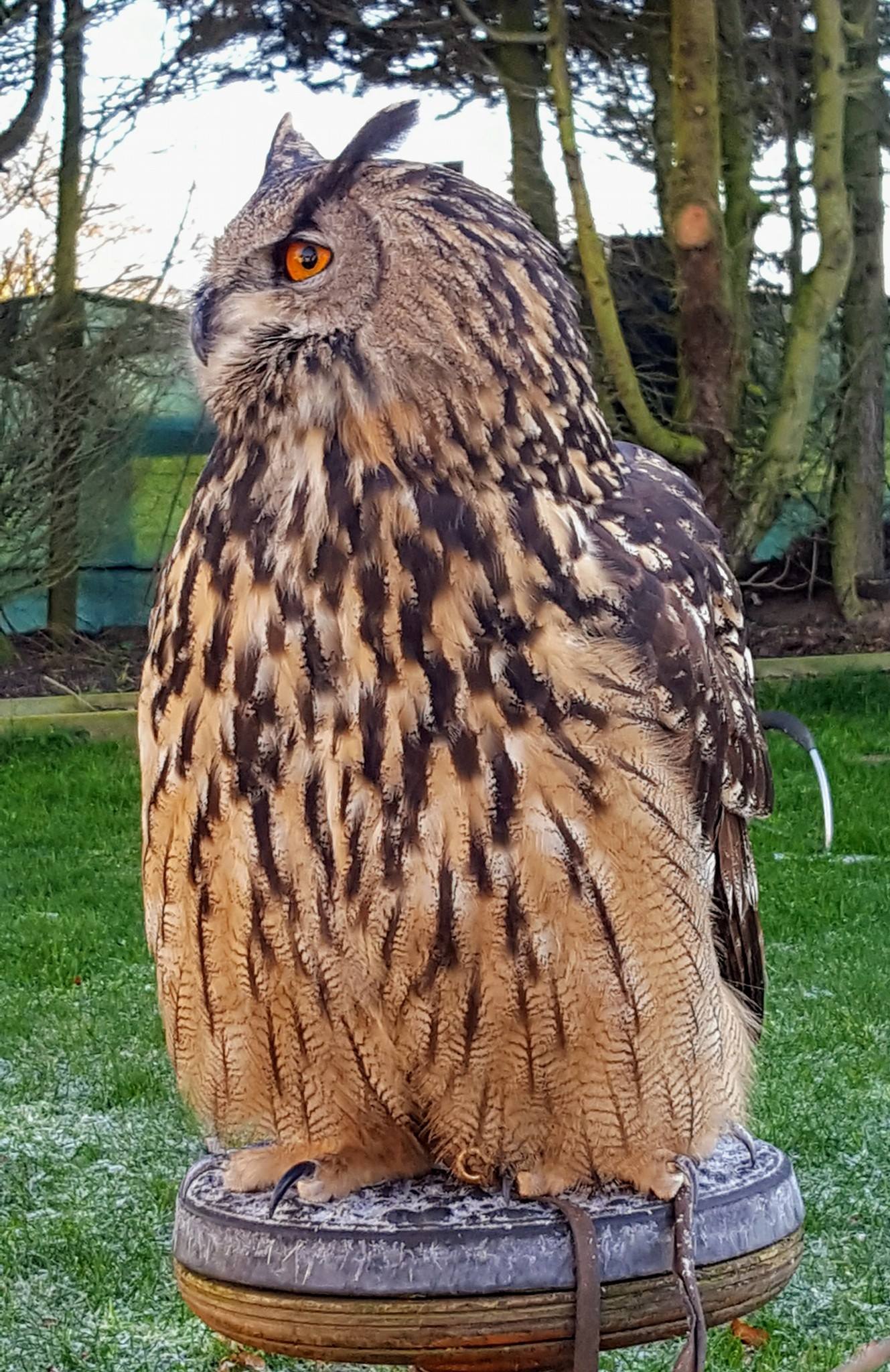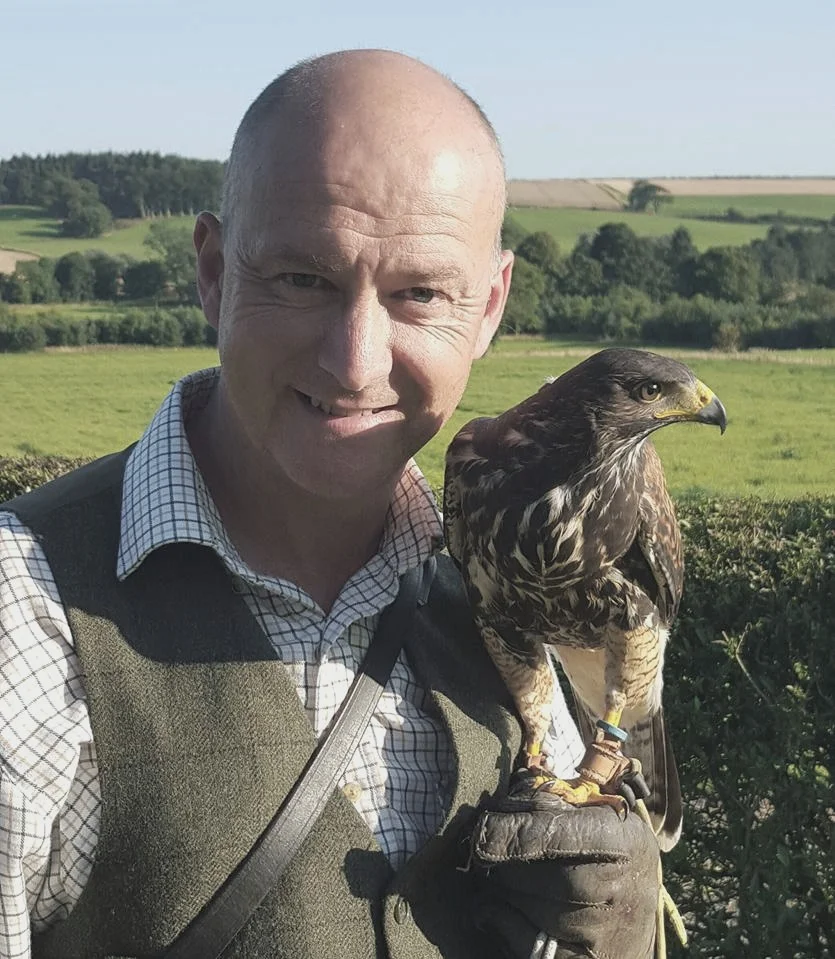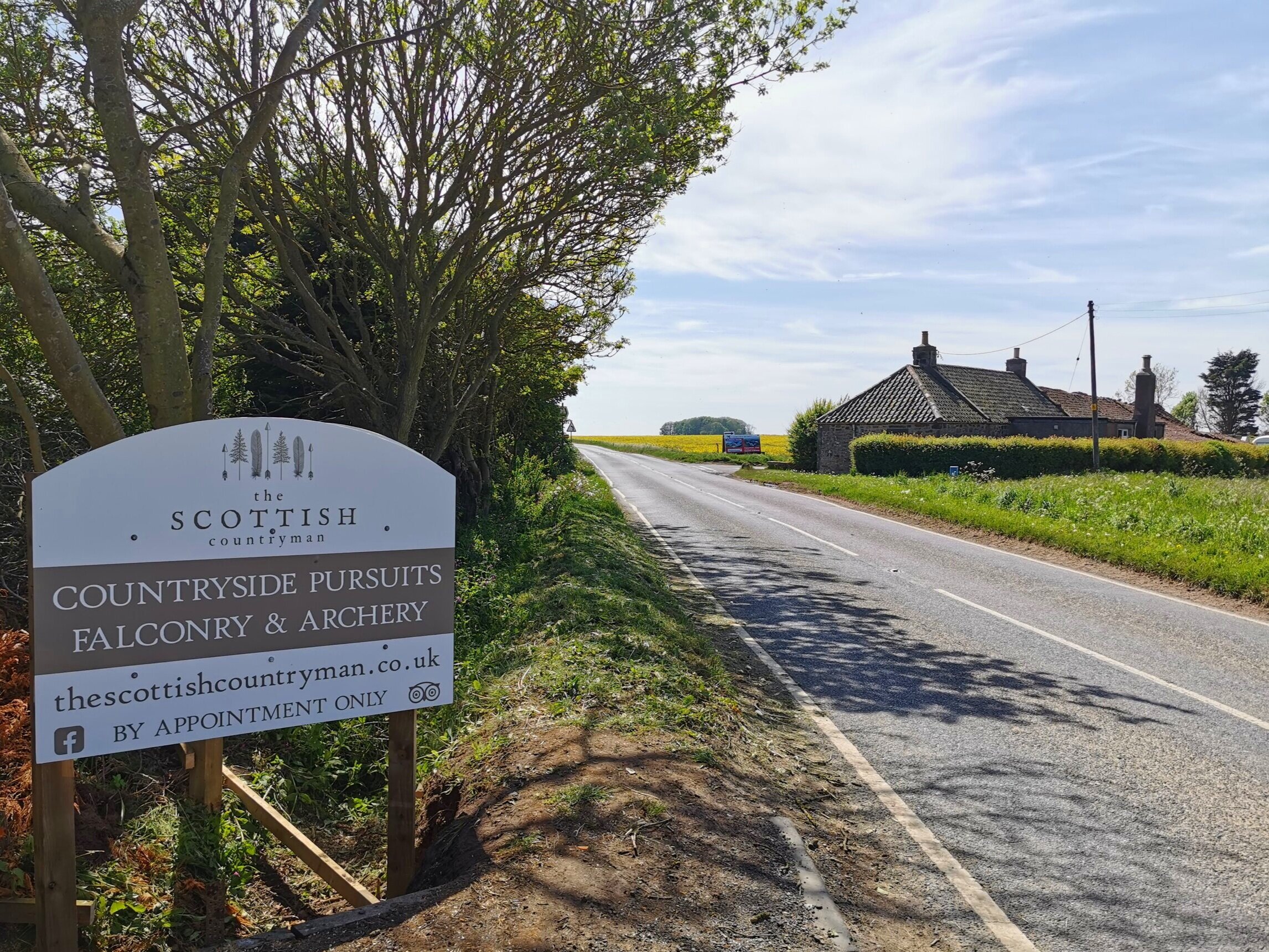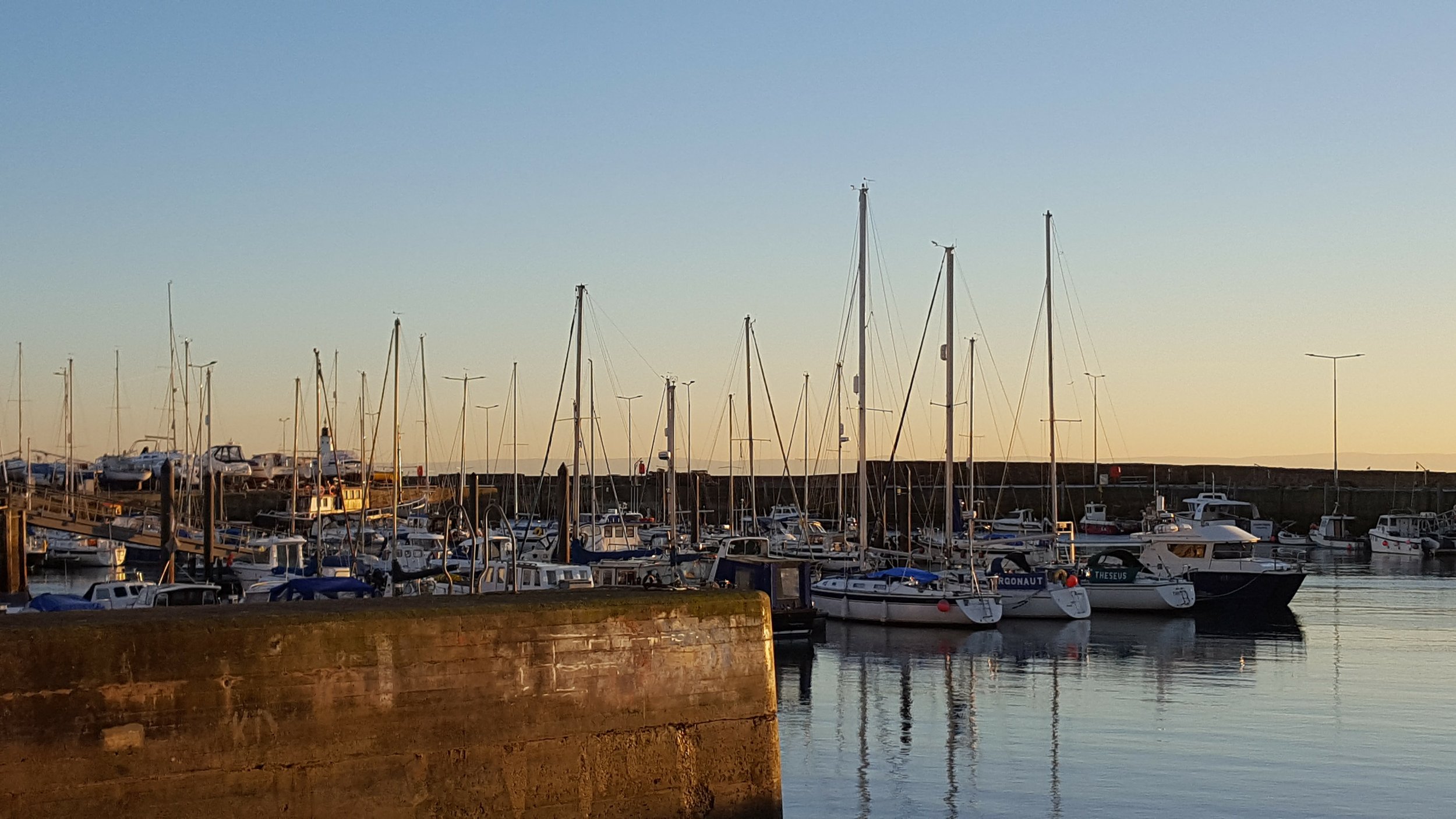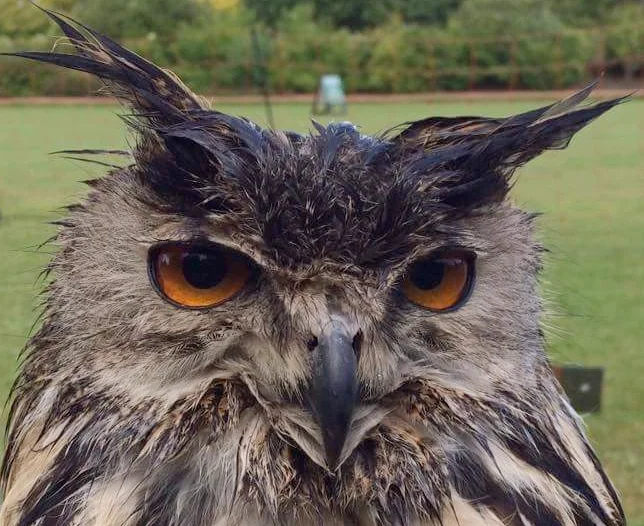Fly-Fishing in the Scottish Highlands
/Fly-fishing in the scottish Highlands
When the conditions are right, I don’t know of a more relaxing way to spend the day than fly-fishing.
I’ve fished since I was a wee boy growing up in a fishing community on Scotland’s north-east coast. Mr grandfather taught me how to bait a hook and encouraged my keenness but I didn’t learn to fly-fish until I was in my late teens. My job afforded me access to some of Scotland’s best fishing lochs and rivers and I’ve spent many happy hours on bank and boat and beat.
Come fishing with me
I offer a fly-fishing experience local to my base here in the north-east of Fife and, for this, I use local fisheries or rivers that best suit folks who are new to fishing or have never fished in Scotland before. But, for the more experienced or more adventurous, I can also incorporate fly-fishing into one of my custom driver-guided tours to the Highlands, depending on the water and the season.
The Scottish Countryman fly-fishing at a local reservoir.
Fishing in the West Highlands of Scotland
Recently, I took a two-day trip up to the West Highlands where I fished on a river, at the mouth of a sea-loch, and on a Victorian-built dam. The weather was ideal: a mix of cloudy skies and light rain but some occasional sunshine, too. I fished at four locations over the course of about 4 or 5 hours and just had the most wonderful time. Fishing is such a contemplative pastime - great for some head-space and time to reflect or refresh.
Did I catch anything?!
Yes, but only some very small fish that I put back - nothing for the pot and certainly nothing I could brag about over a wee dram that evening! I’m ever hopeful of a salmon, of course, but I typically catch brown trout and, sometimes, when I’m lucky, a sea trout up here.
The Scottish Countryman fishing on the dam at Kingairloch in the west Highlands of Scotland
There are fishing seasons for certain species and rivers, but Scotland’s range of fish and fishing spots means we can, in theory, fish on any day of the week and throughout the year.
If you’re interested in having a go at fly-fishing, take a look at my fishing experiences with a picnic lunch or without a picnic lunch or send me an email. I provide you with all the gear you’ll need along with full instruction on a rod that is bested suited to your height and ability. And if you’re keen to fish in some of the most beautiful scenery Scotland has to offer, I can customise a tour to feature some fly-fishing, too. Just get in touch!
